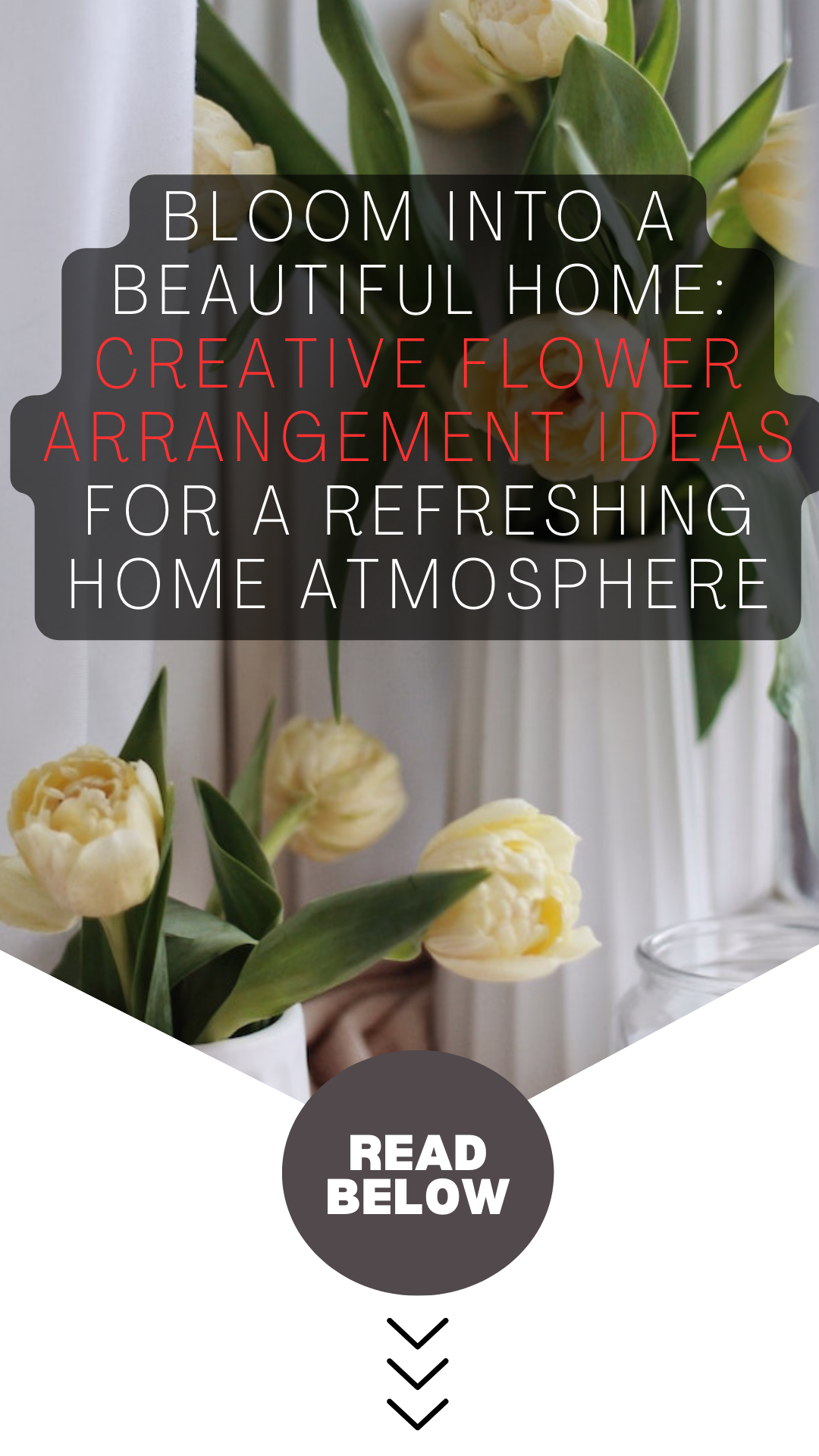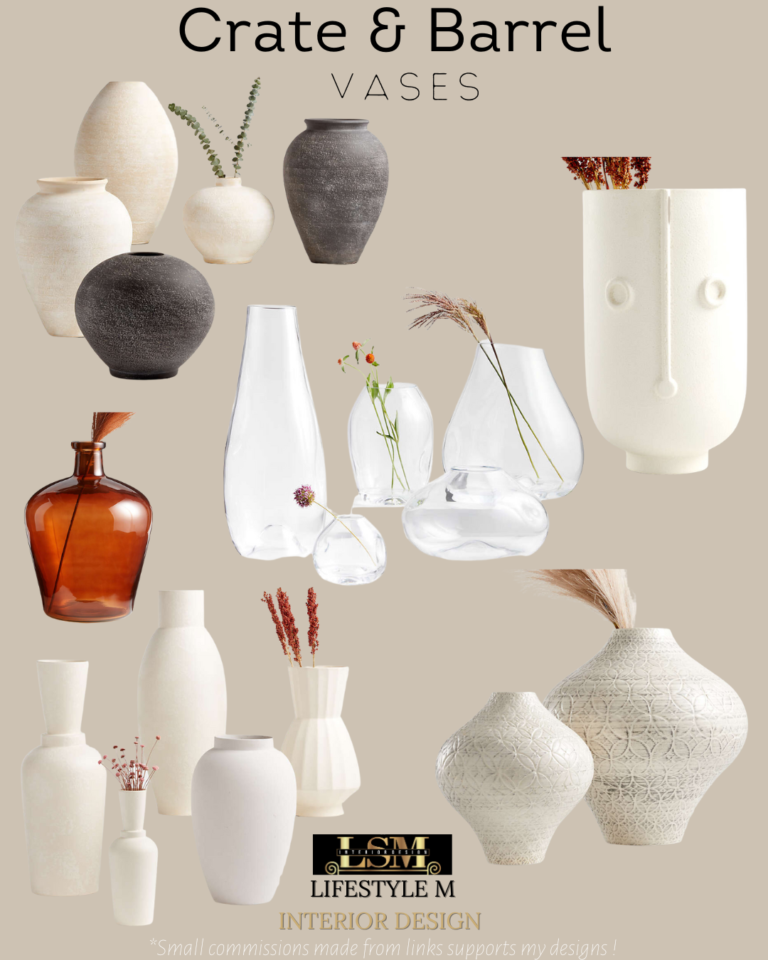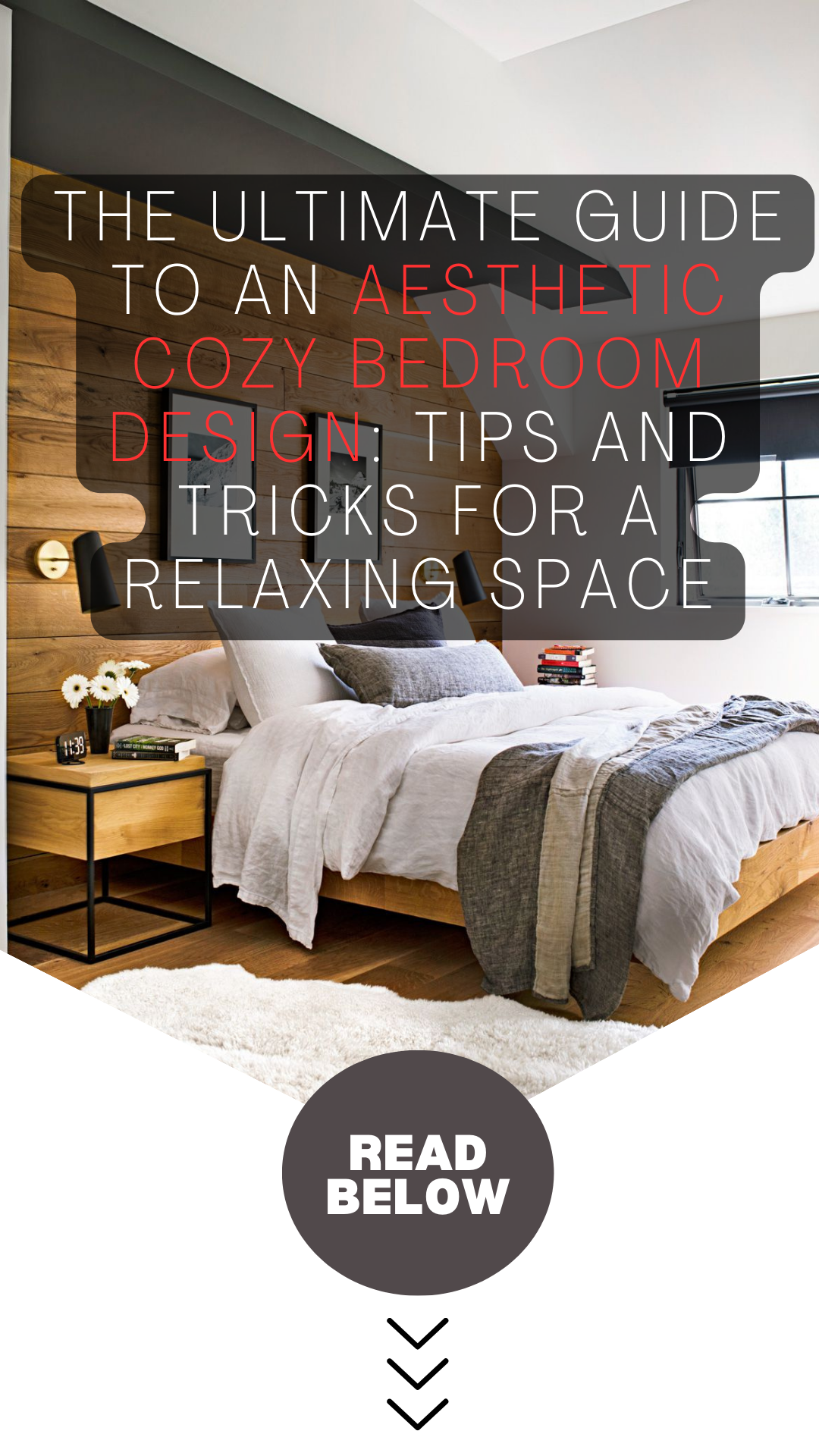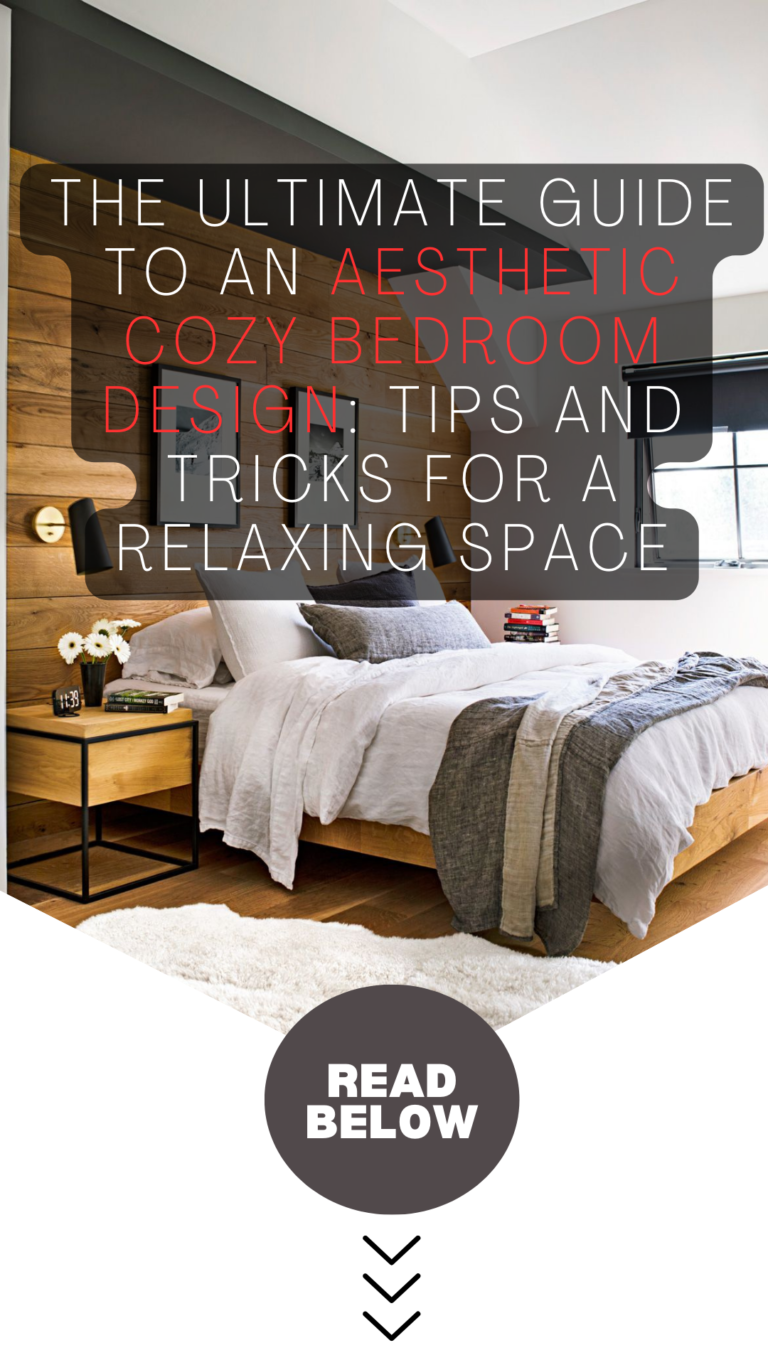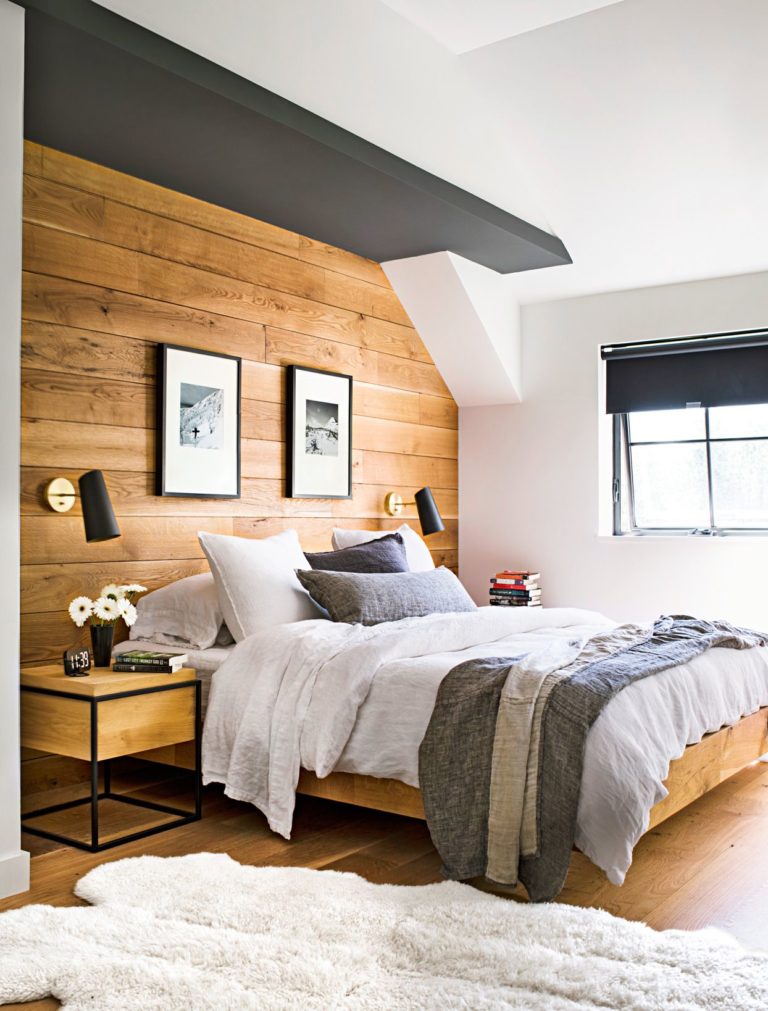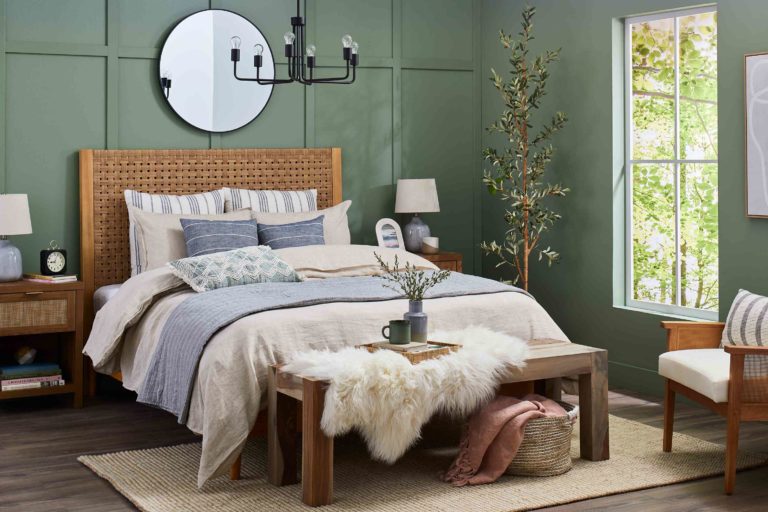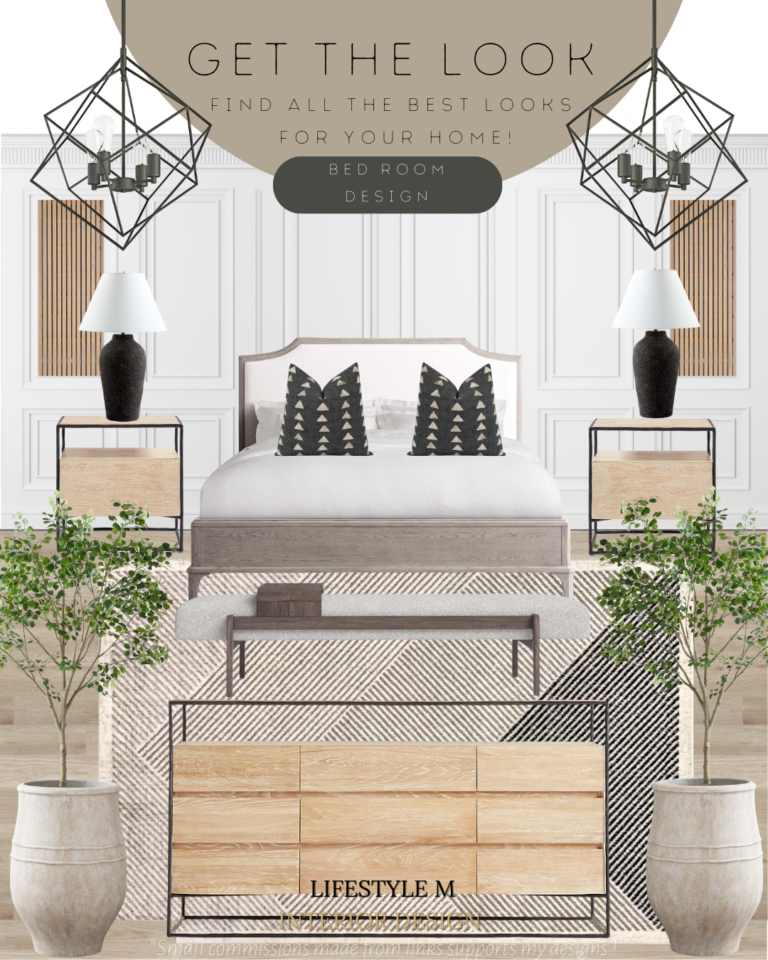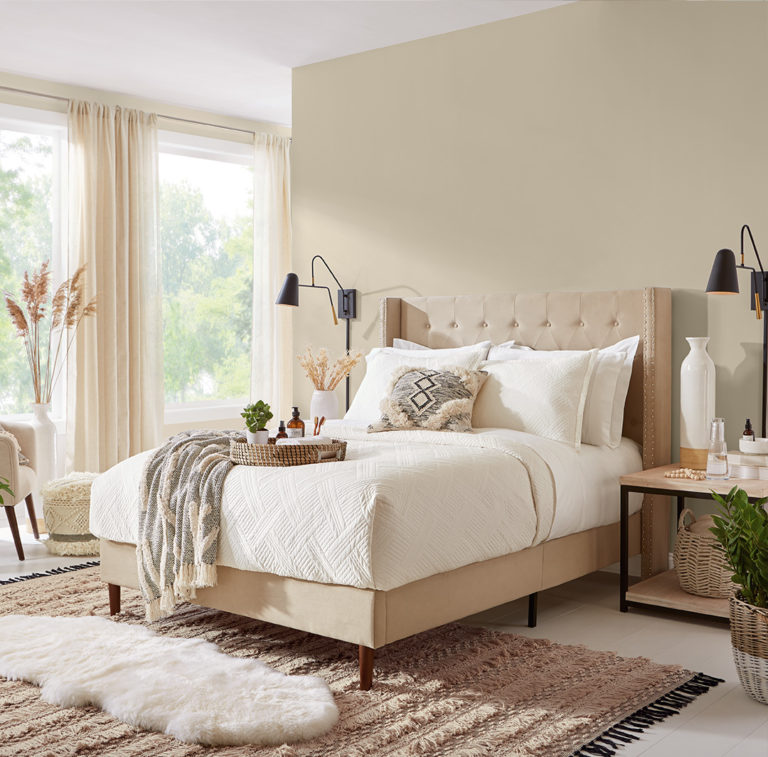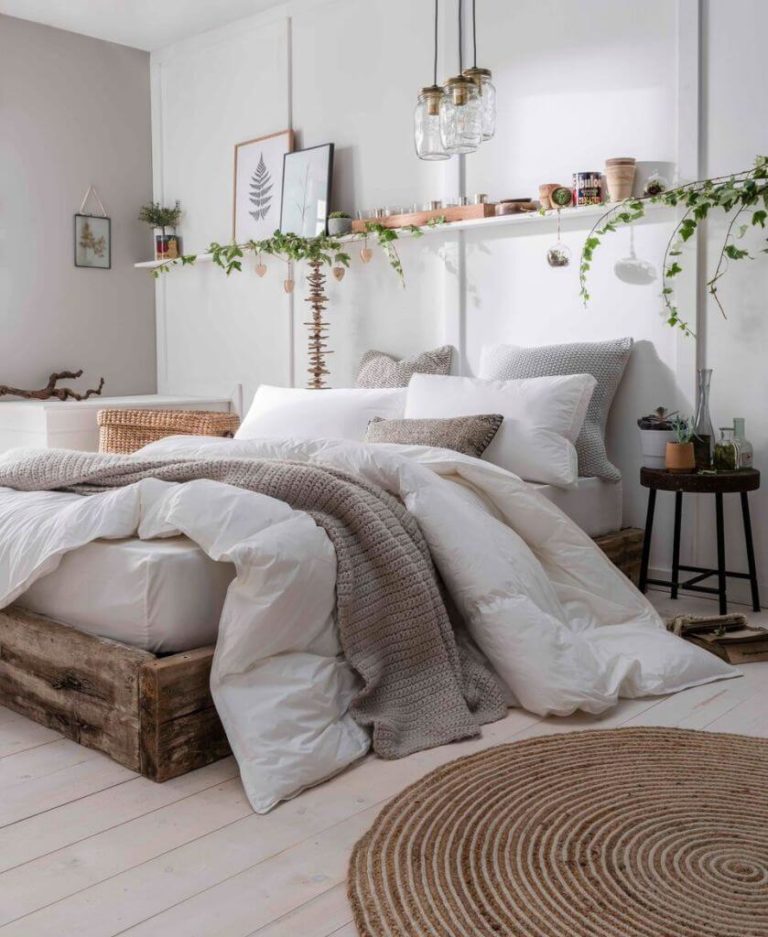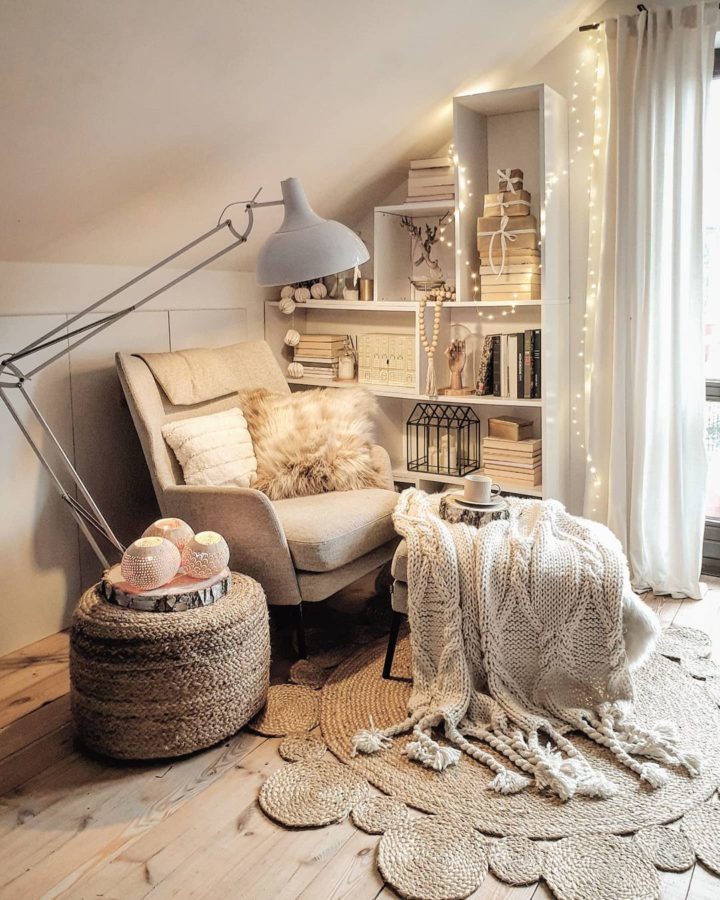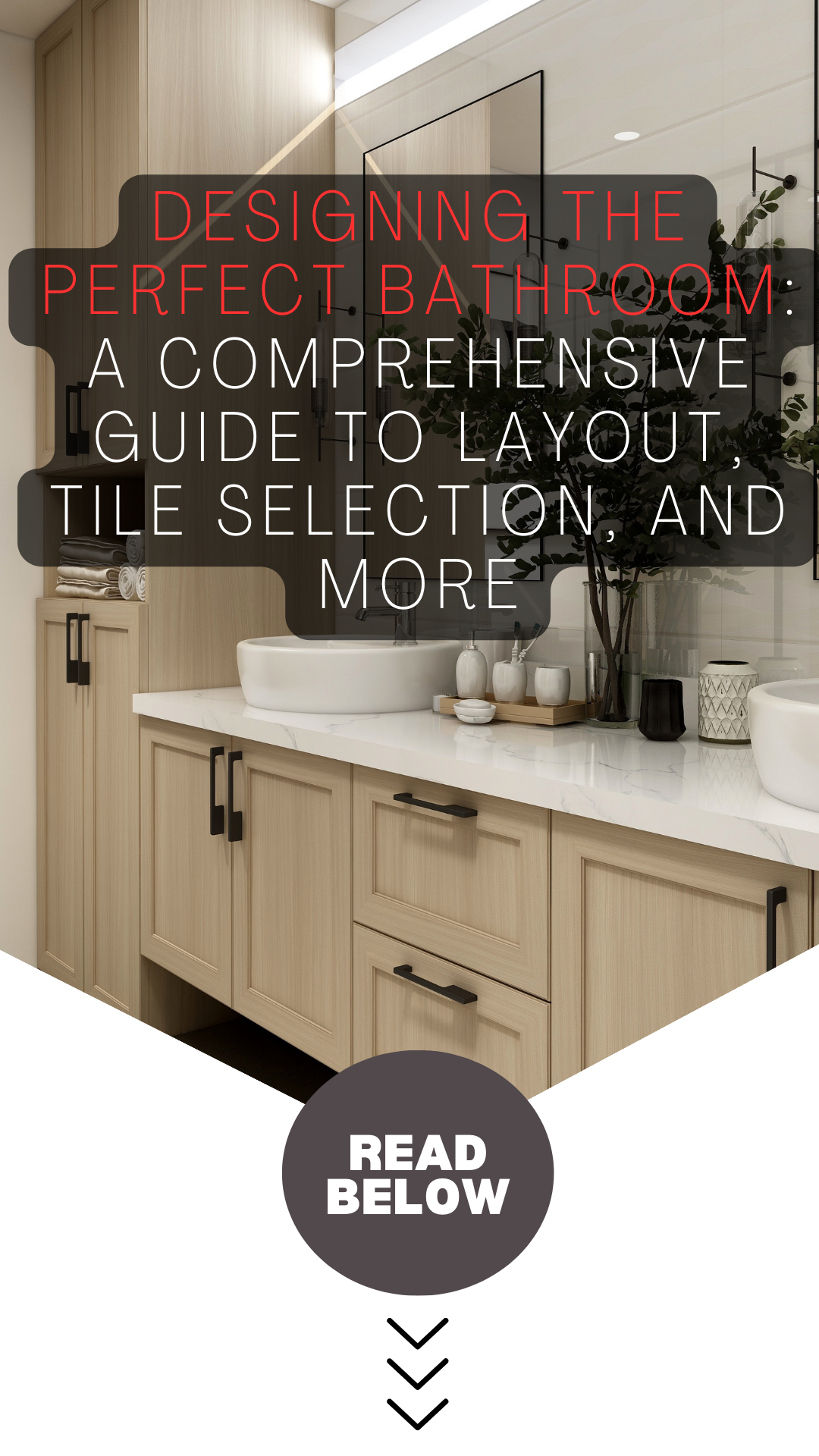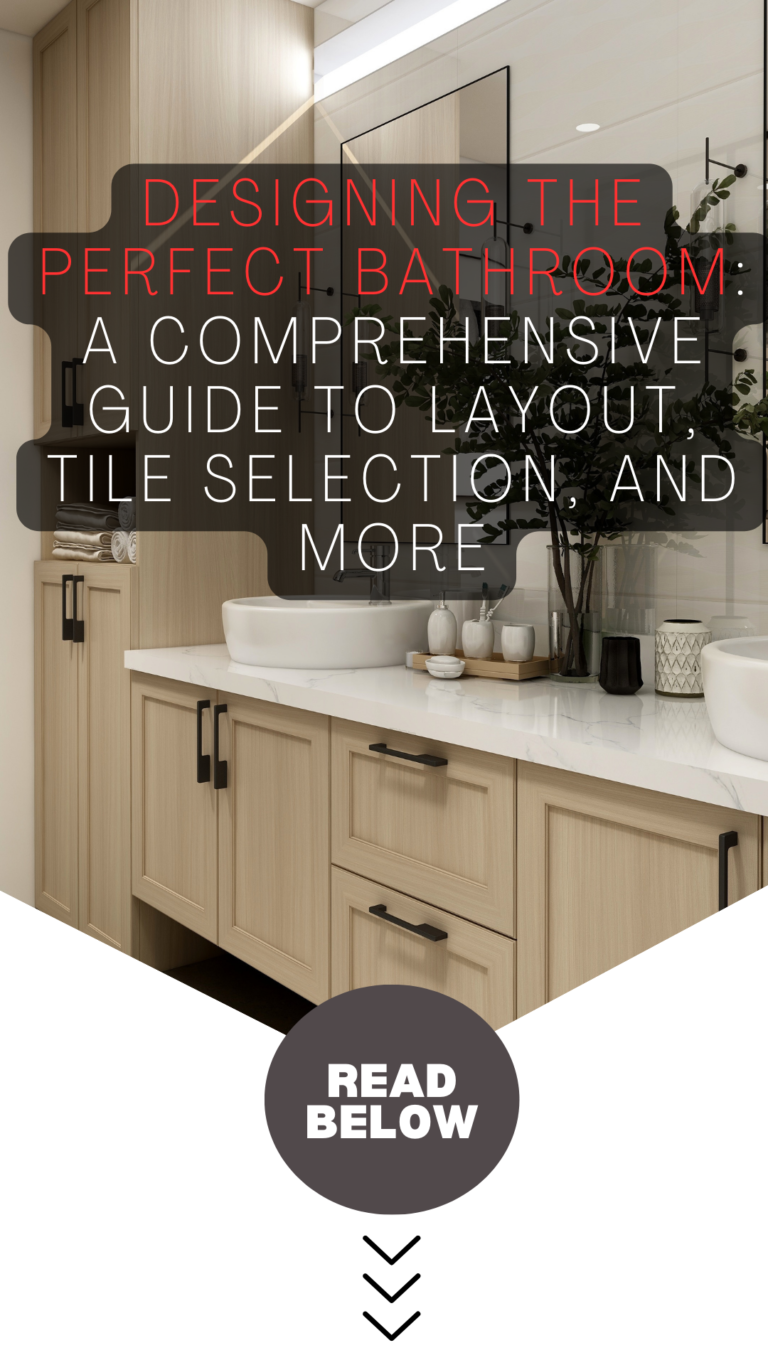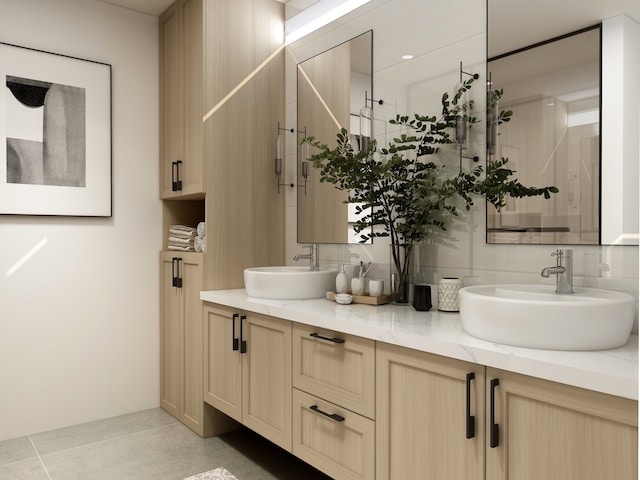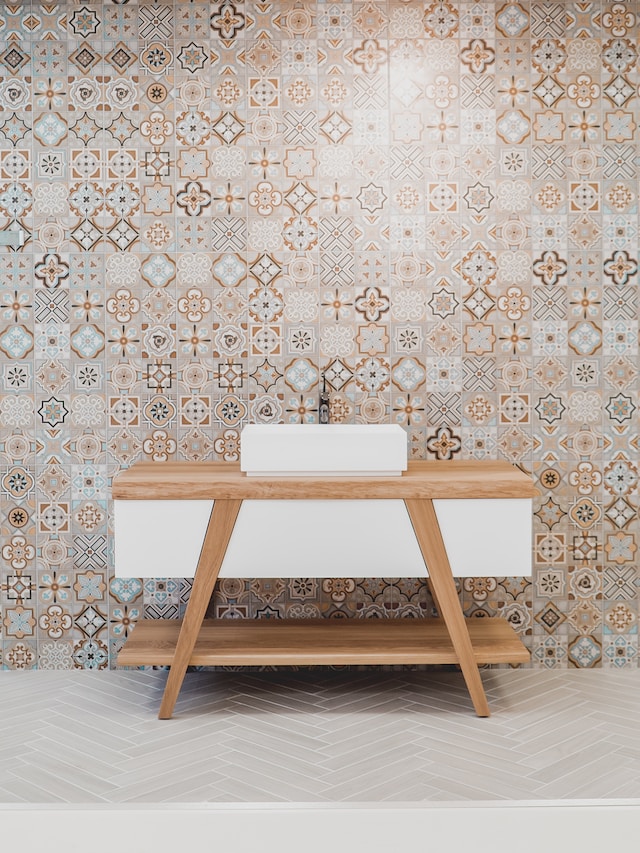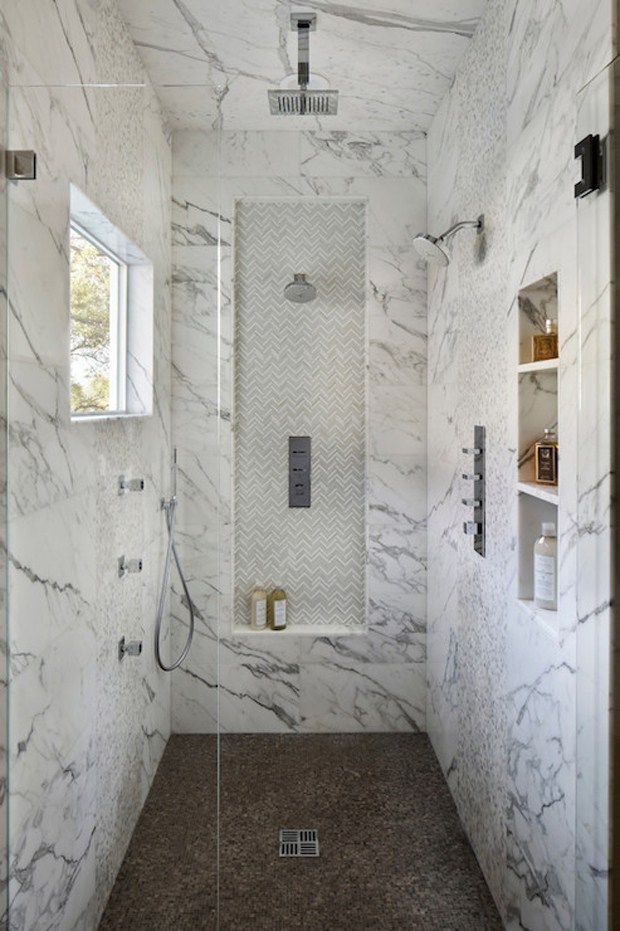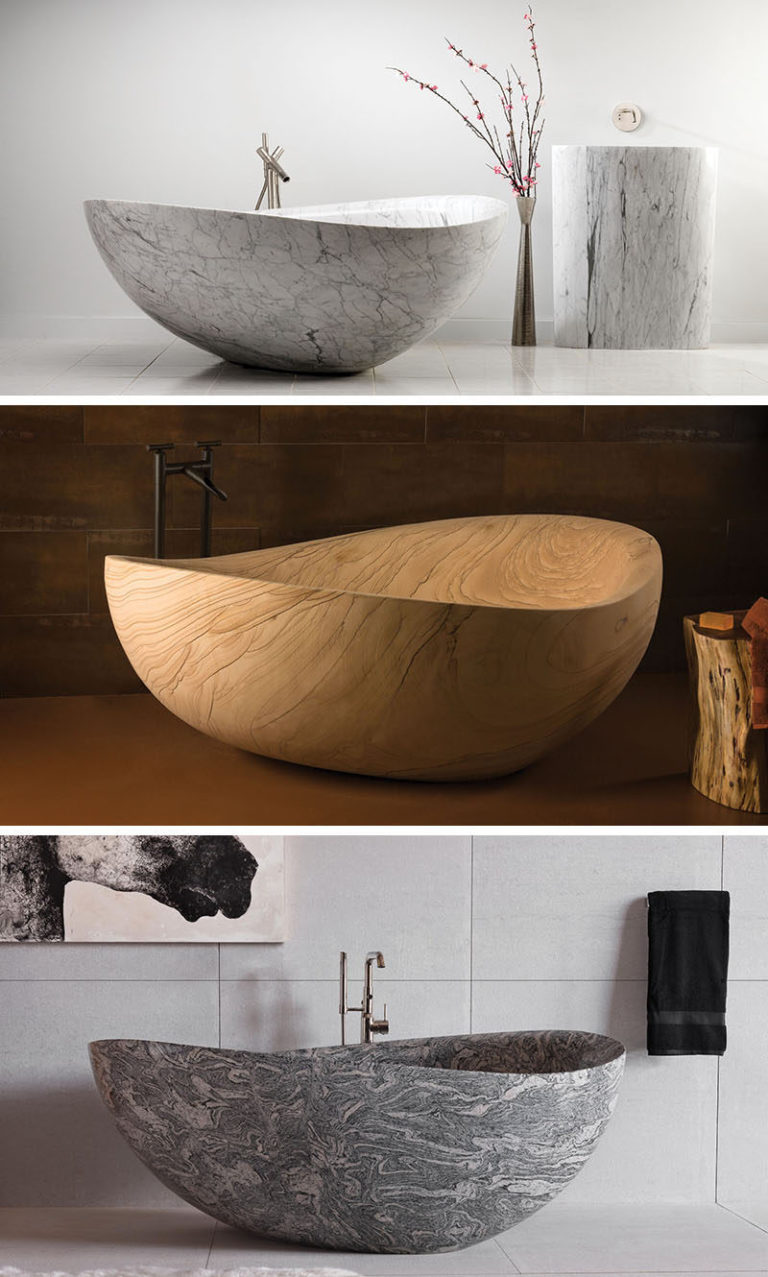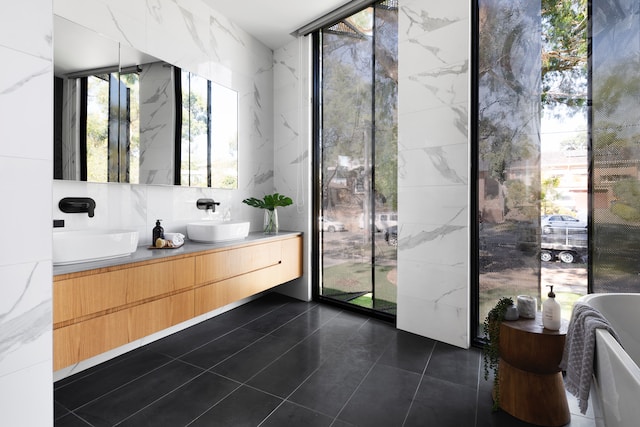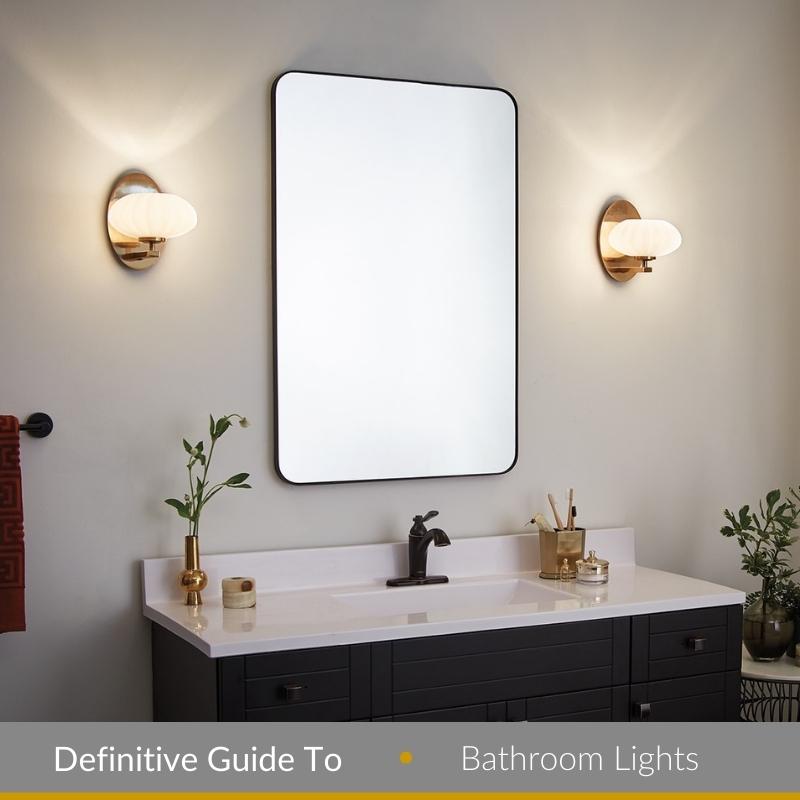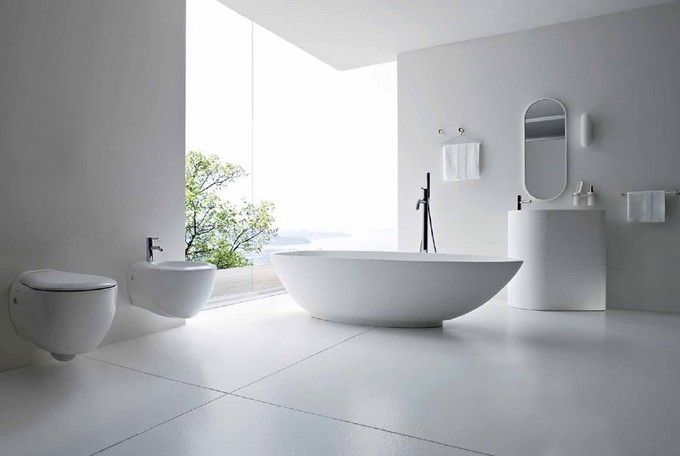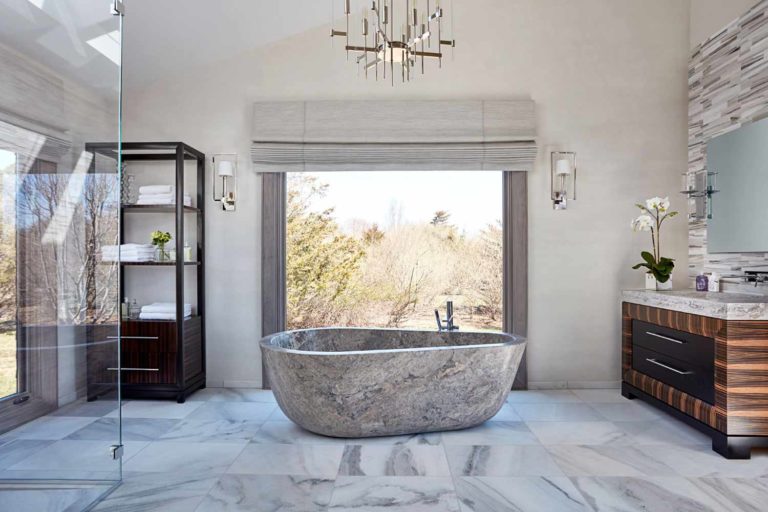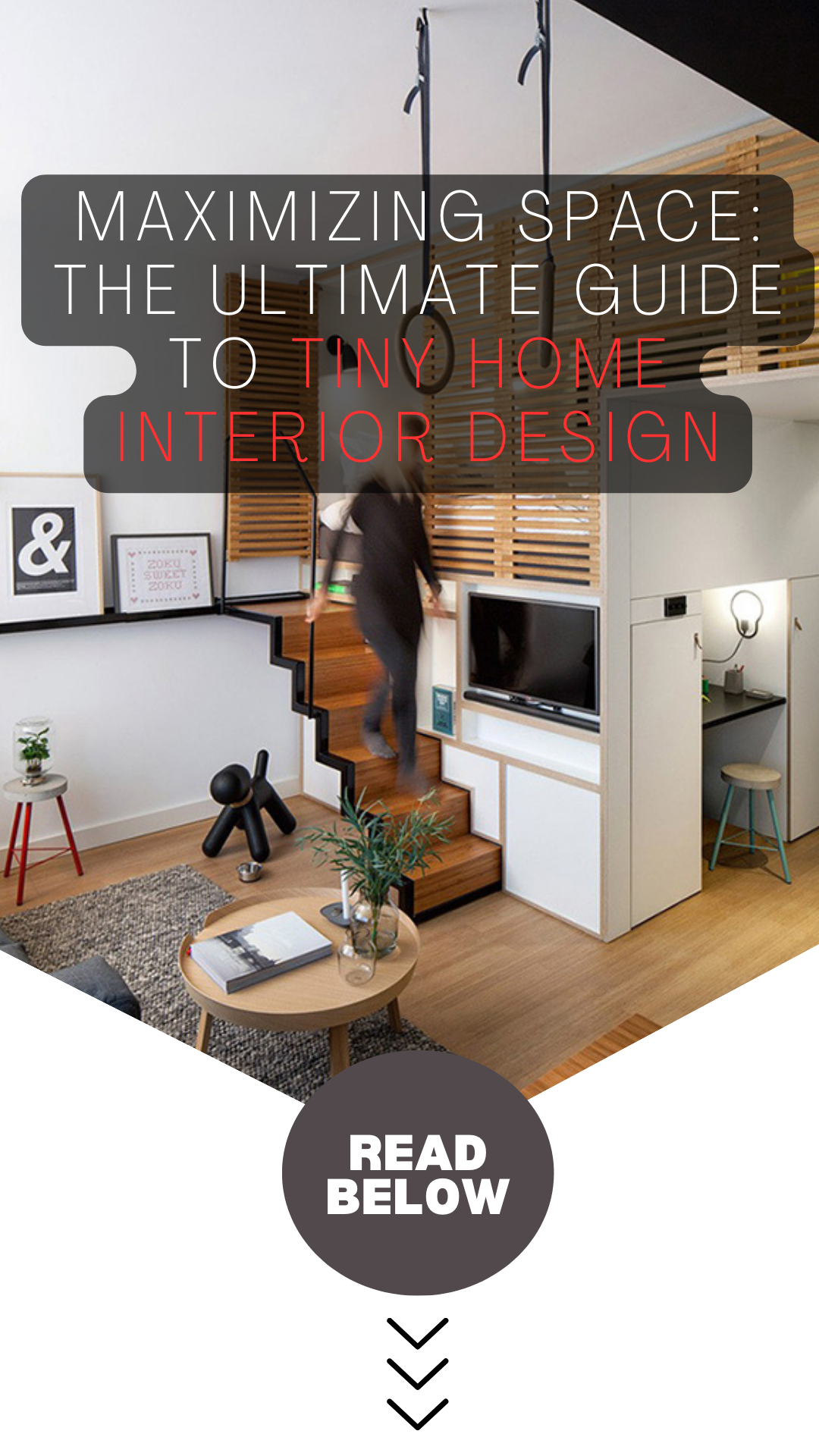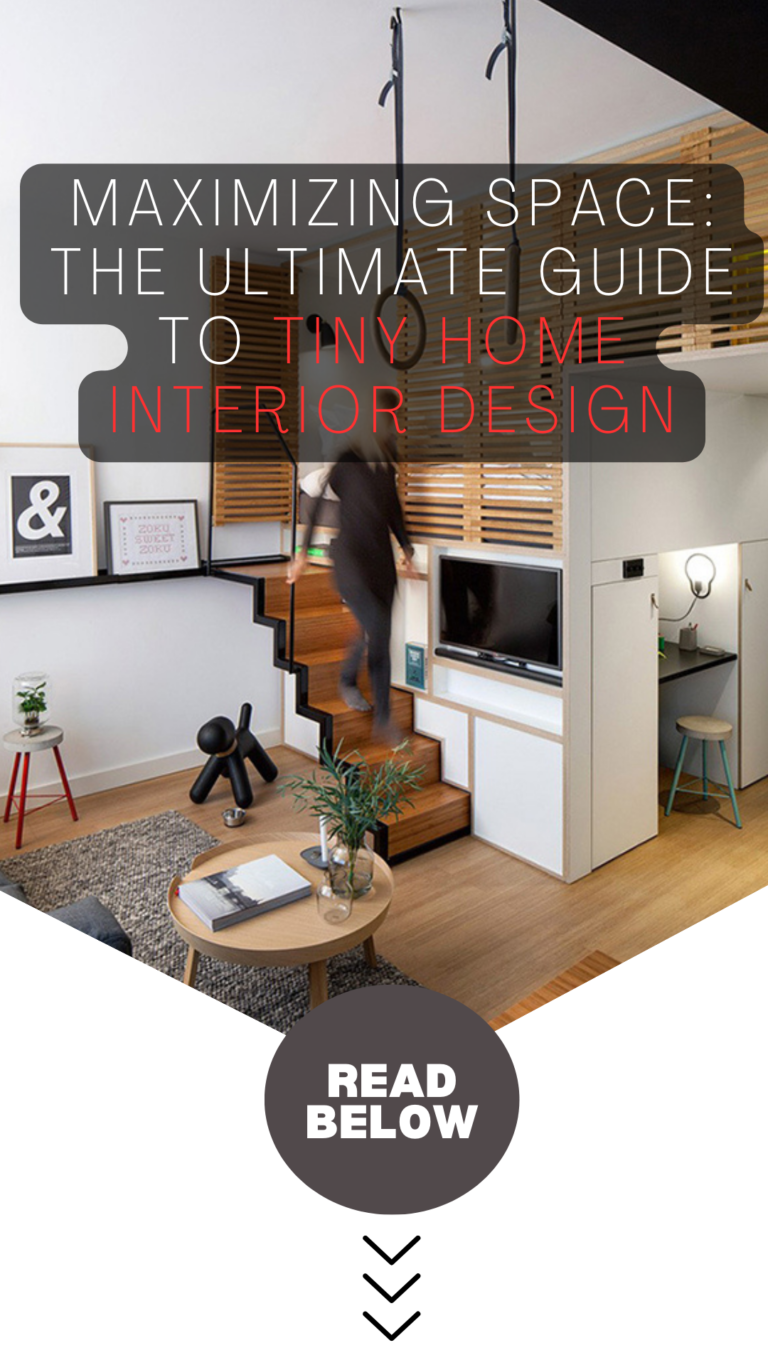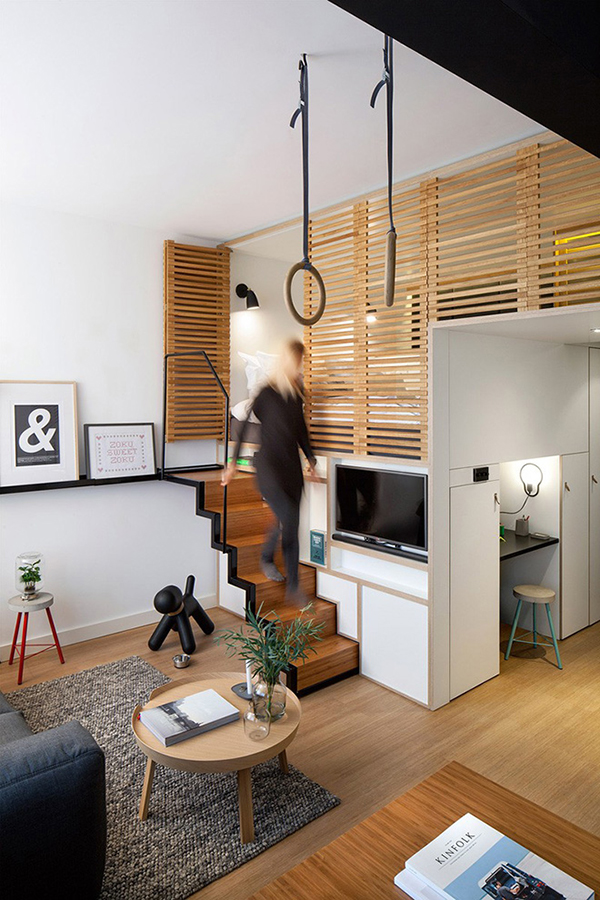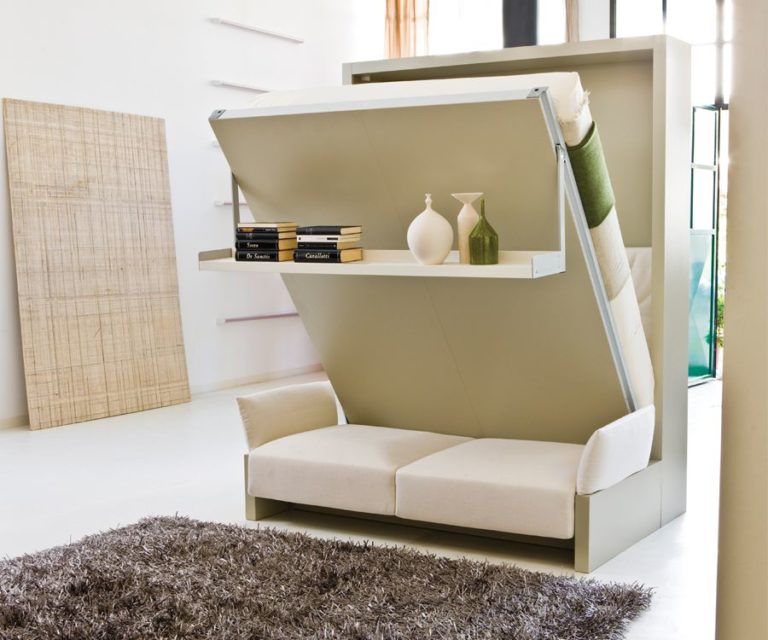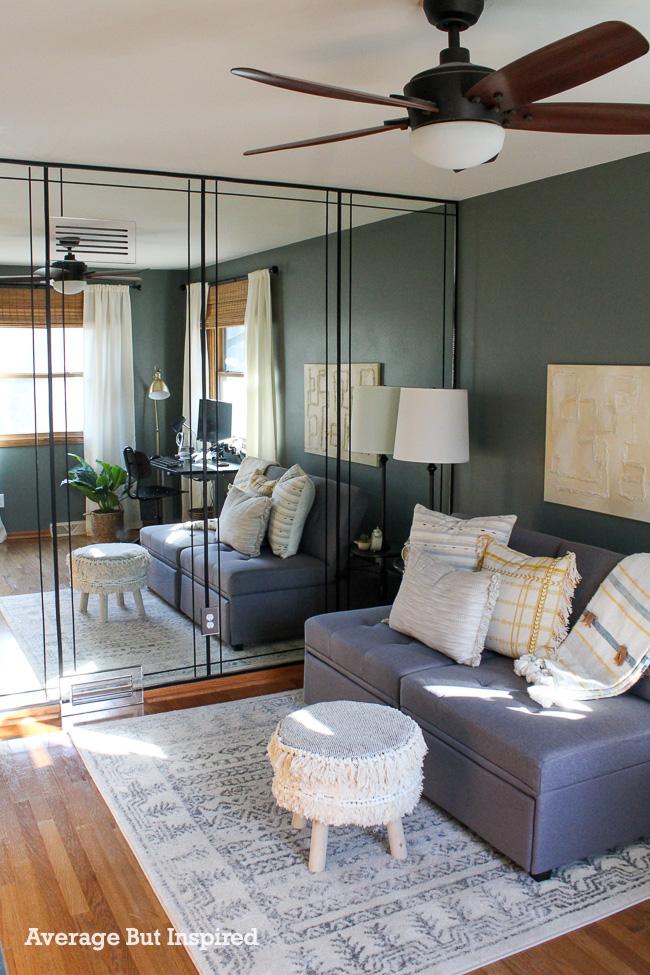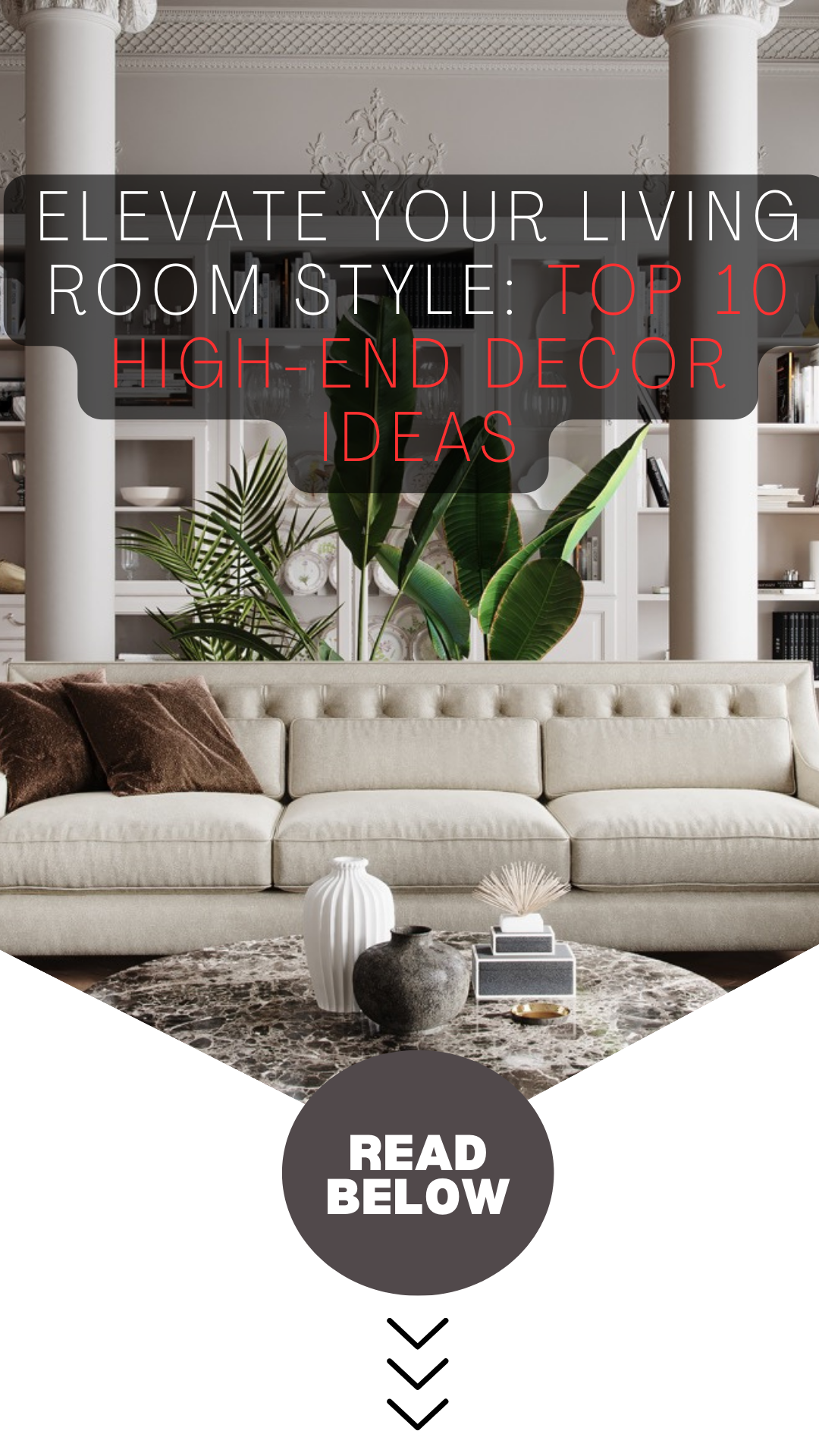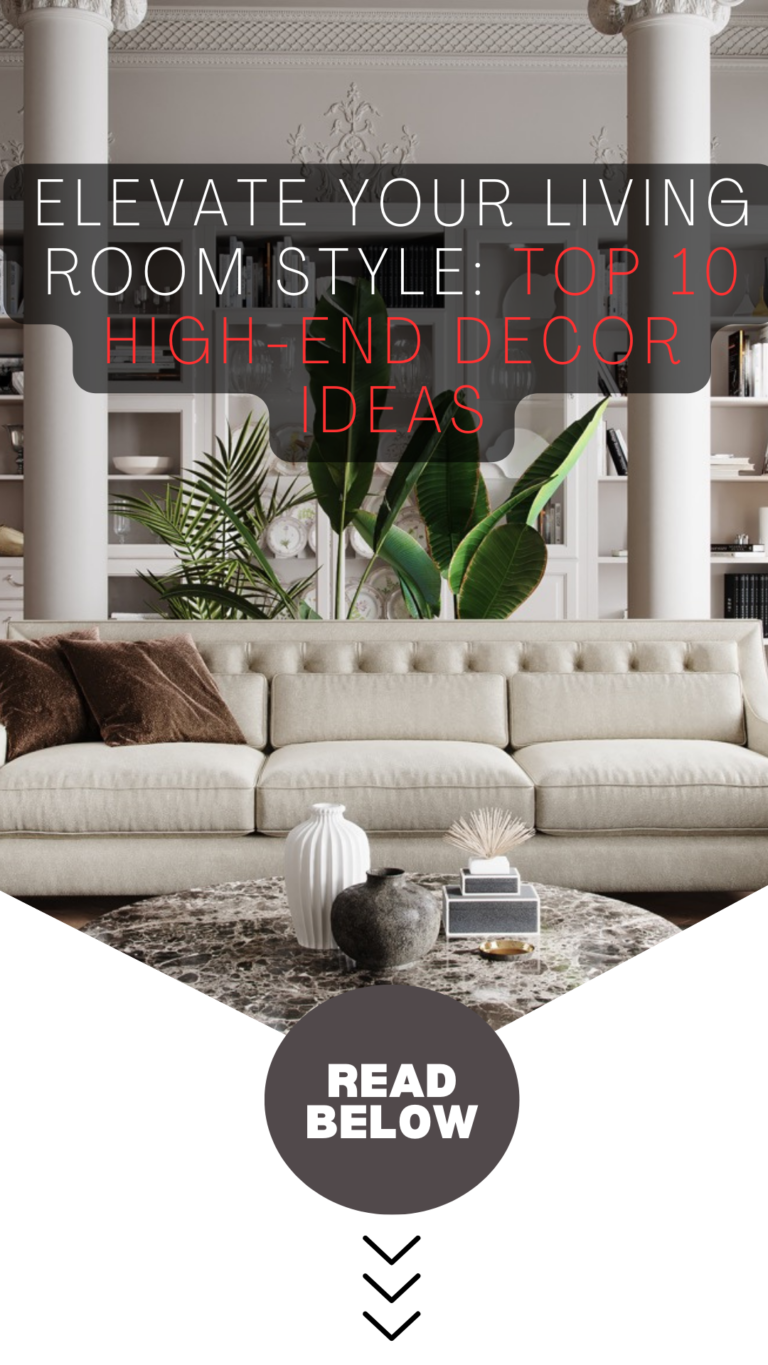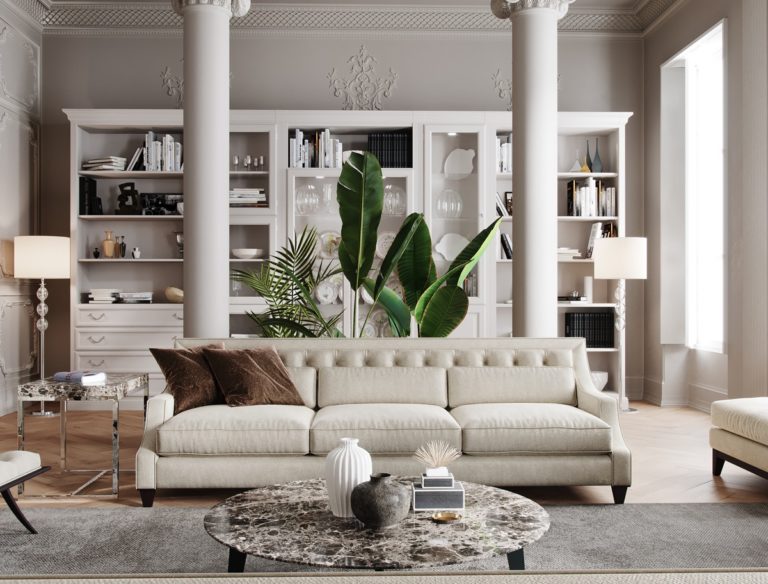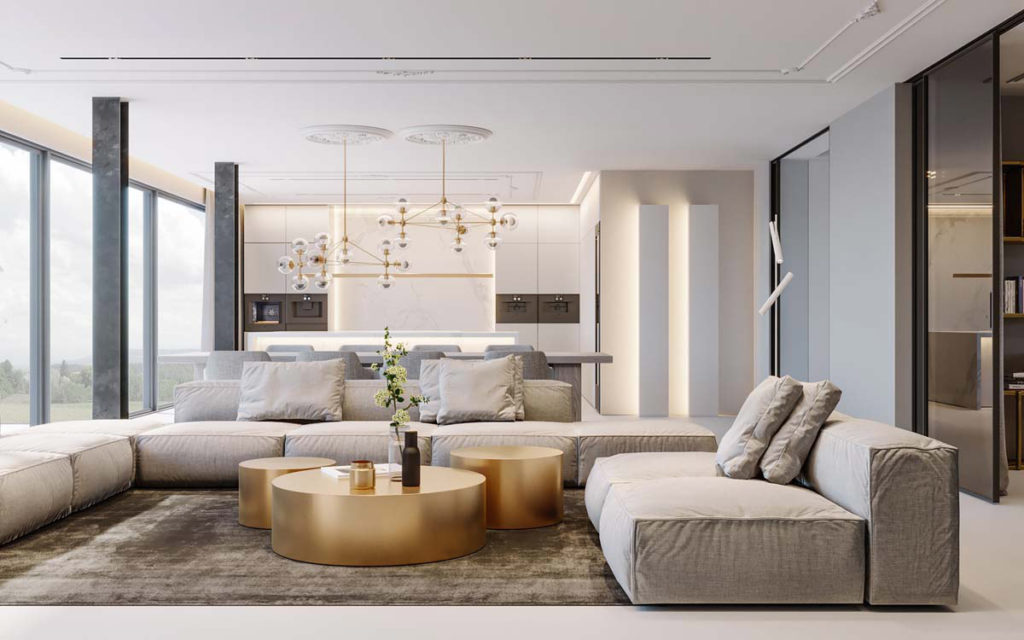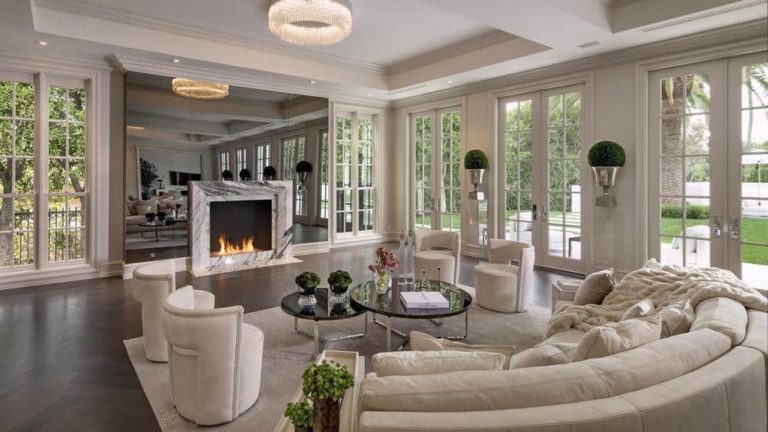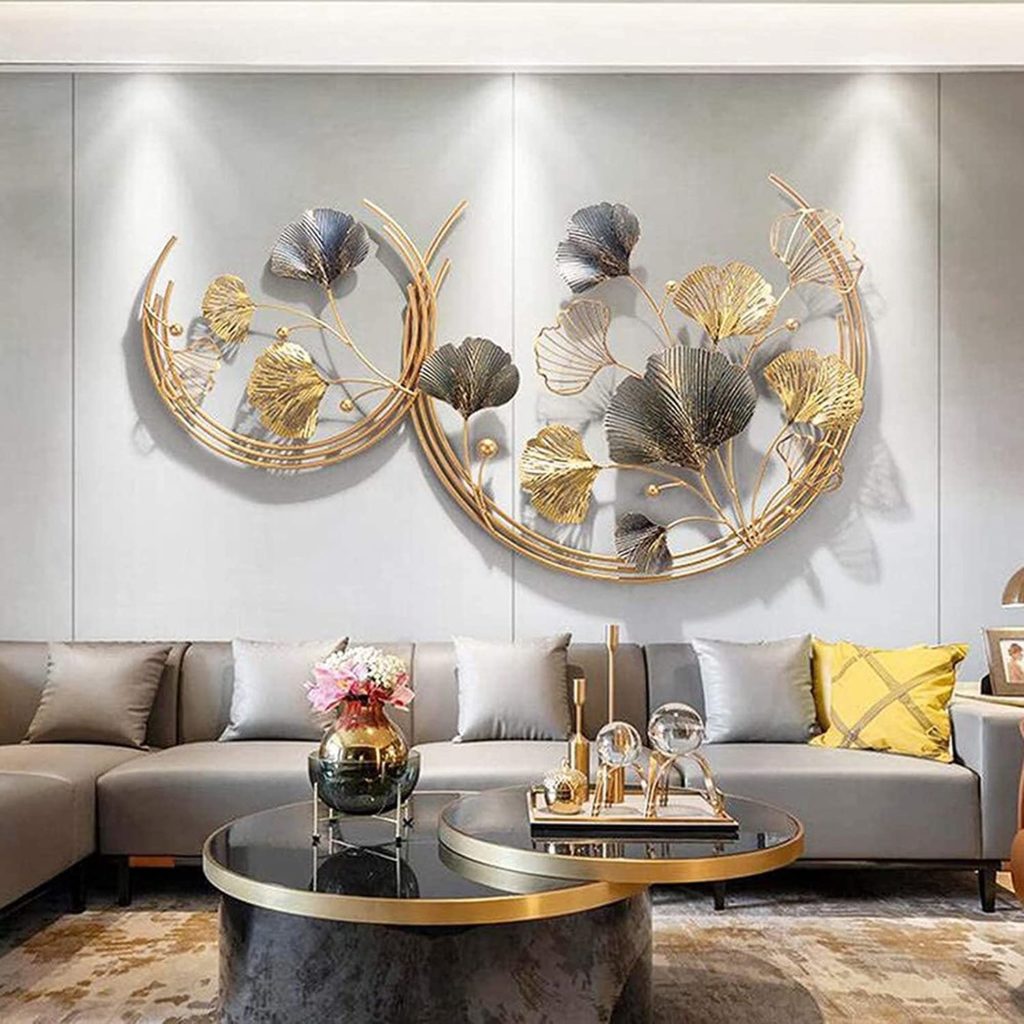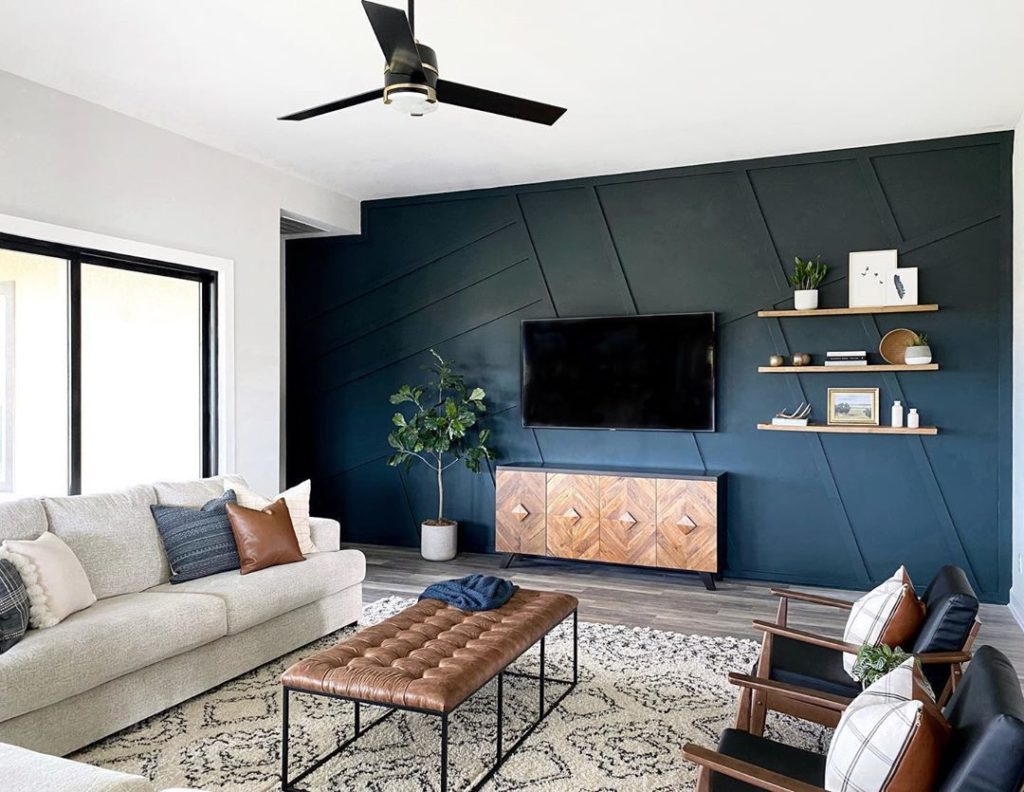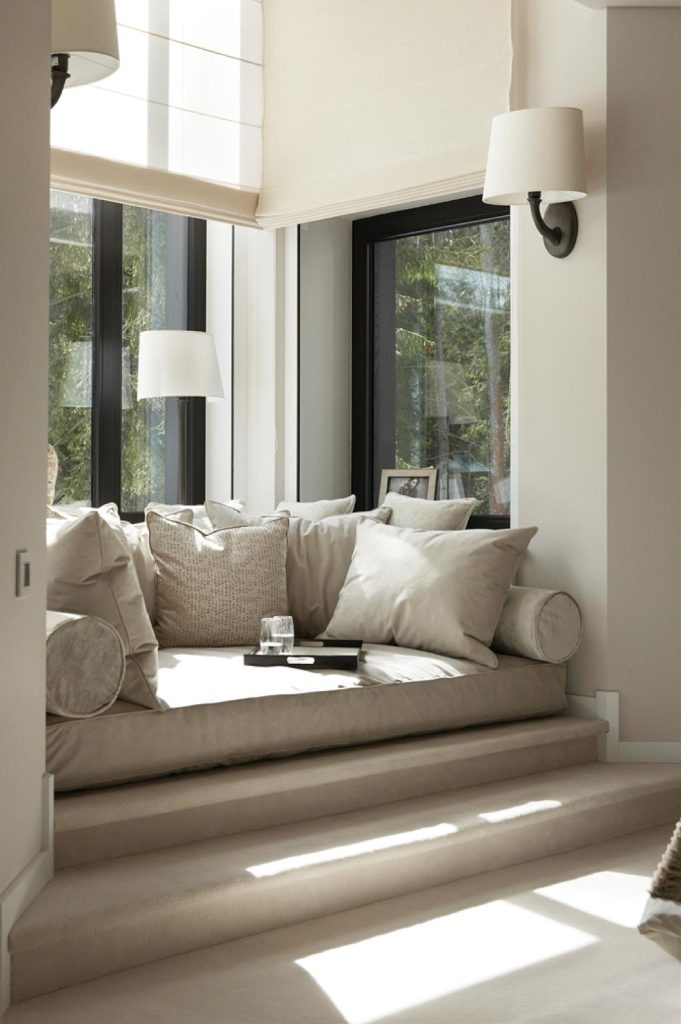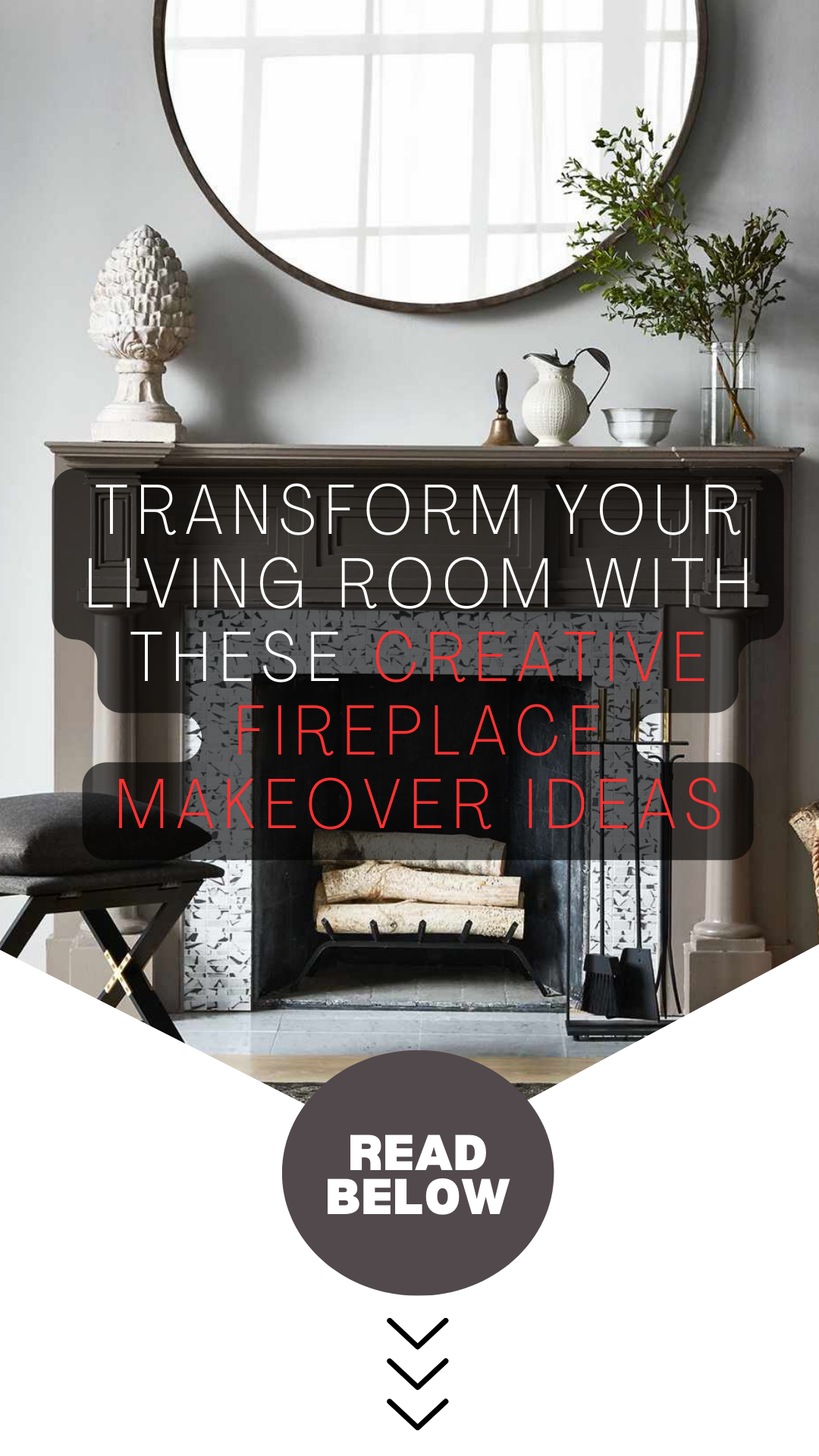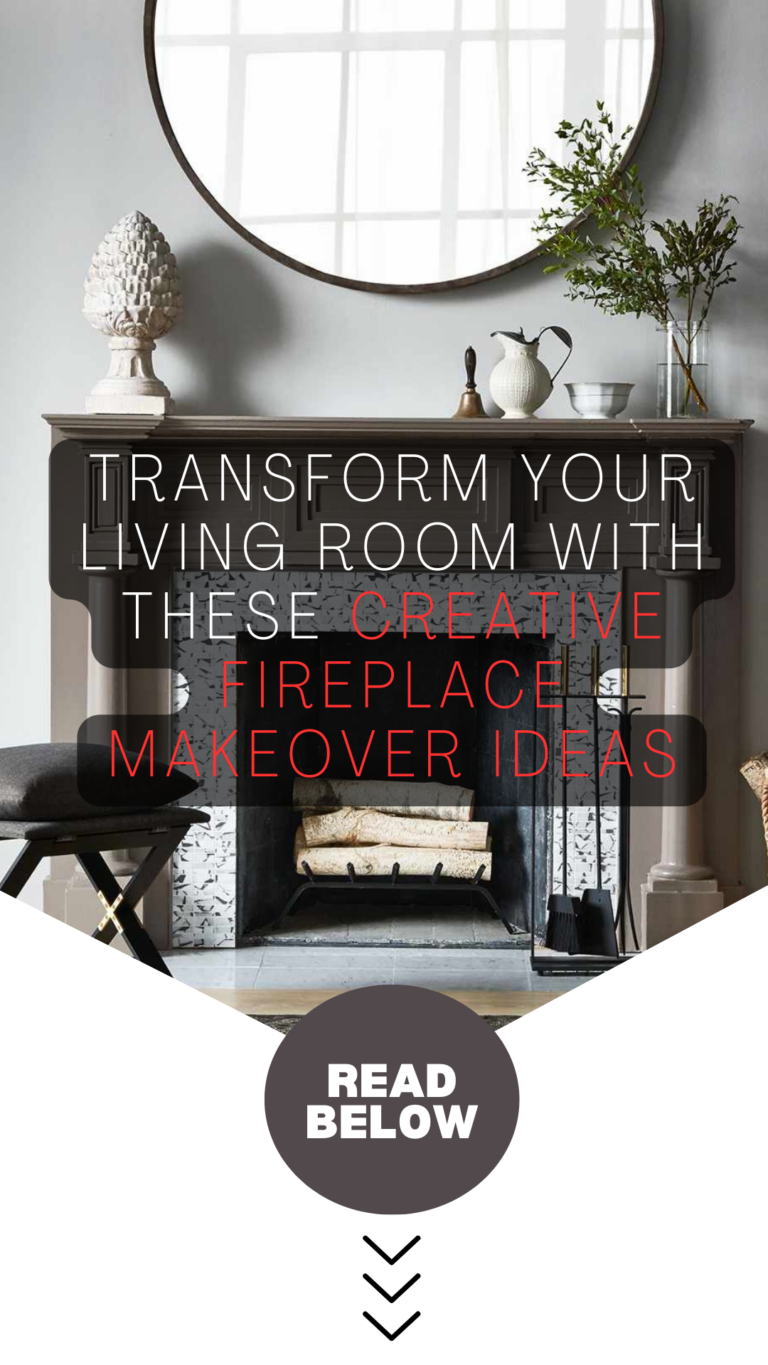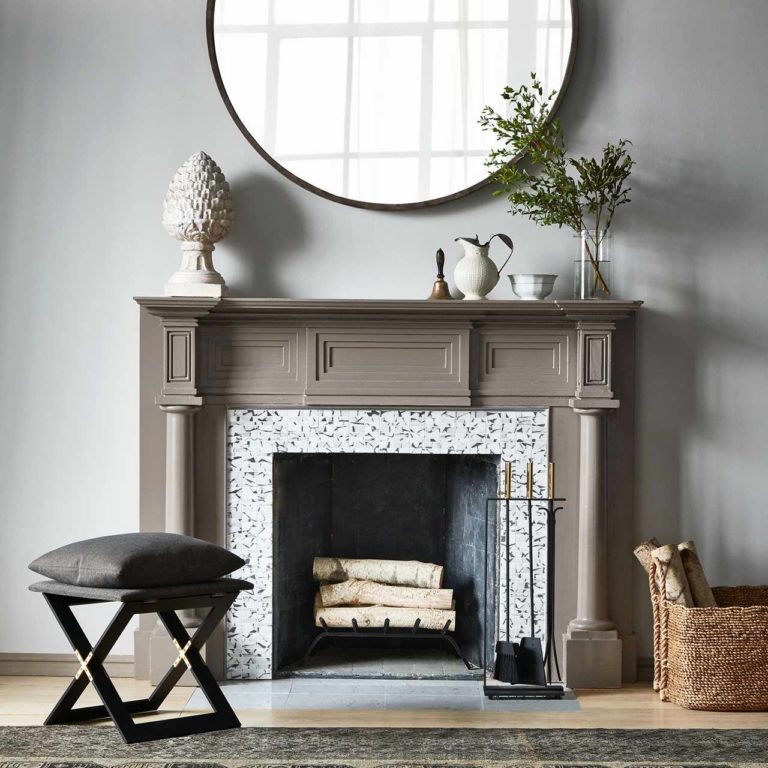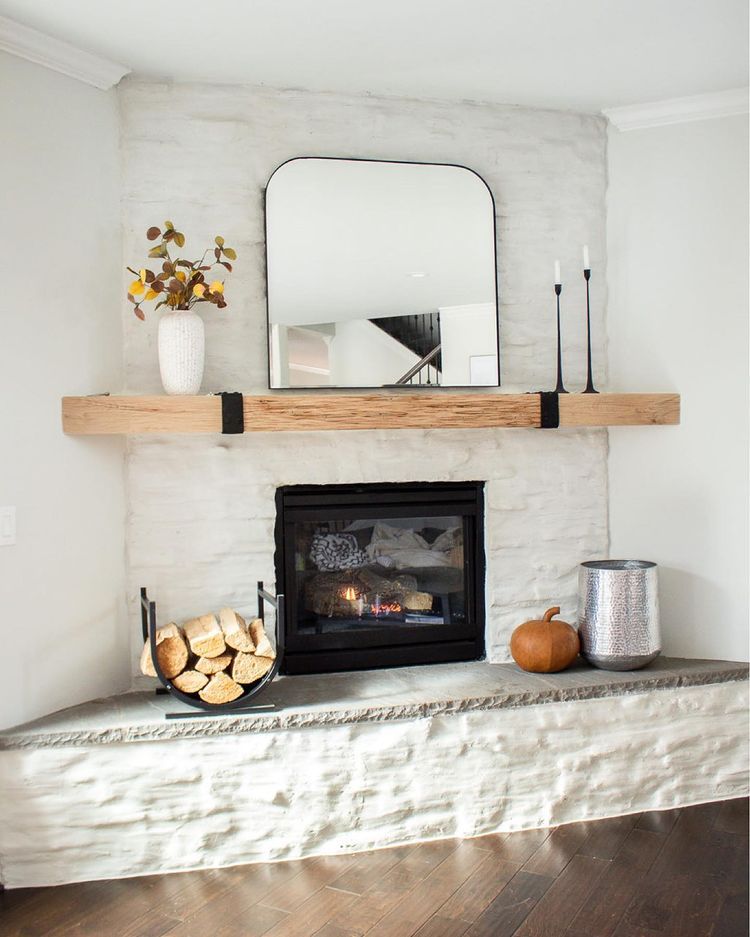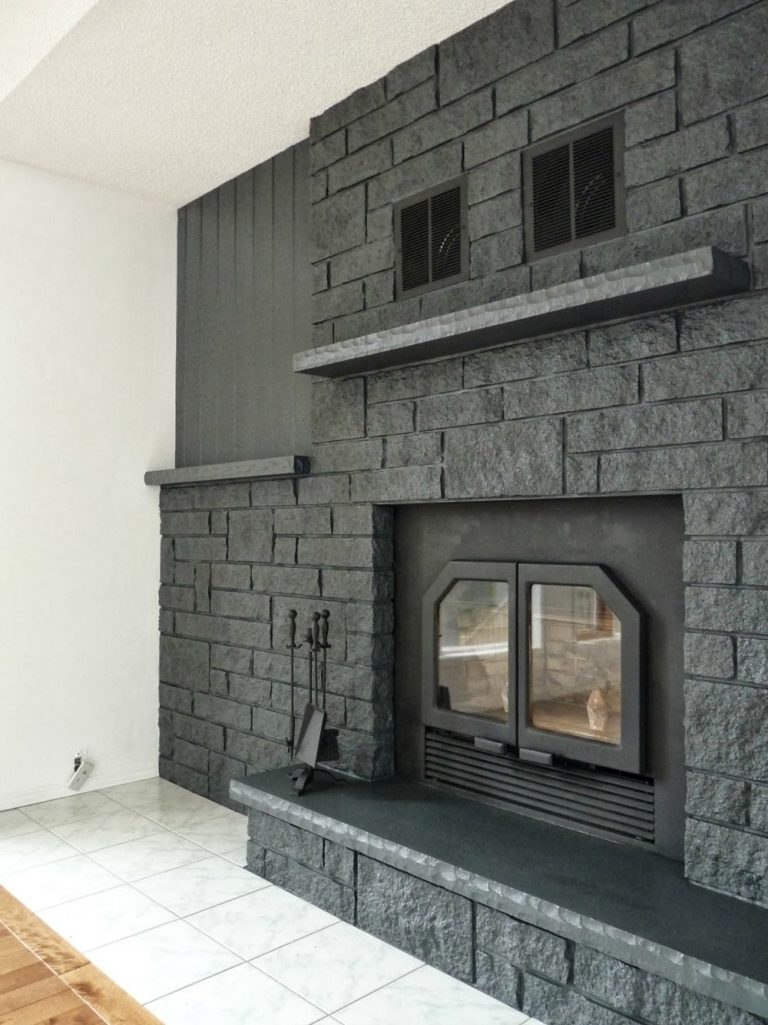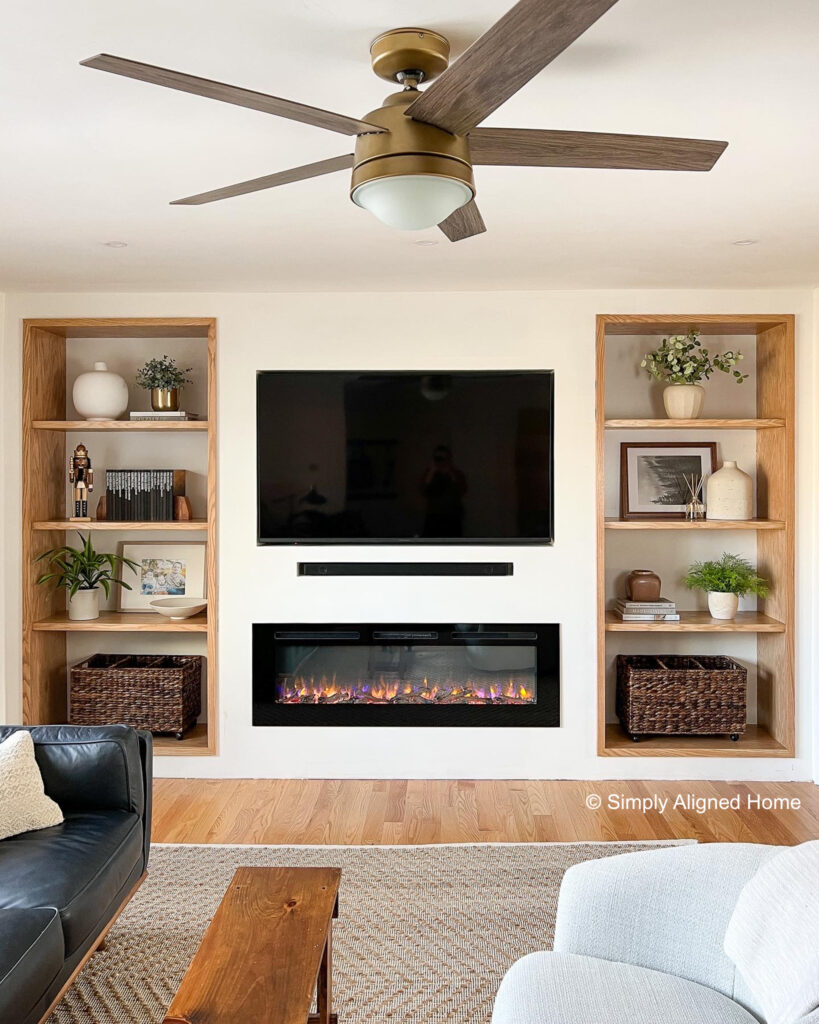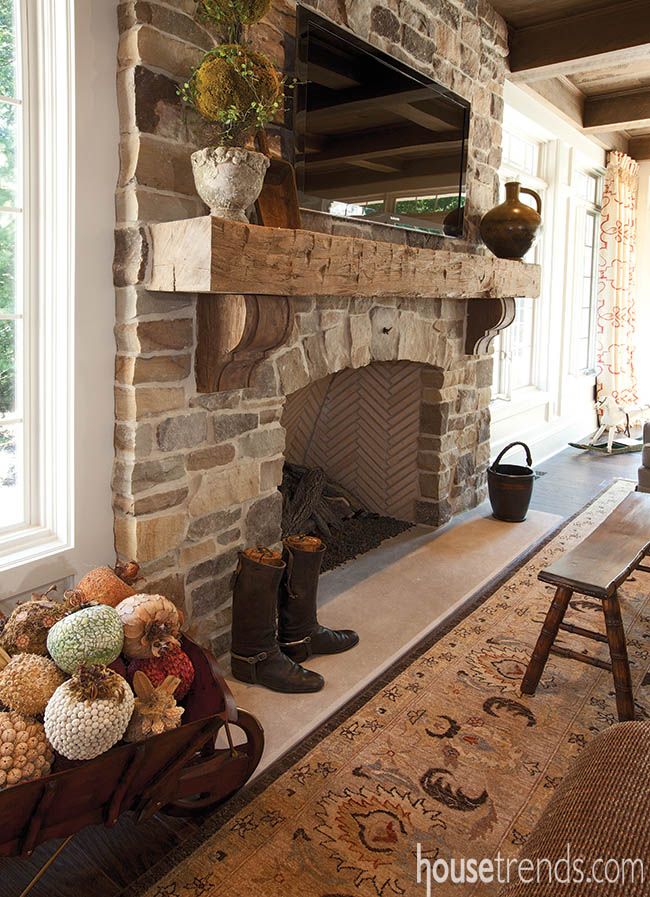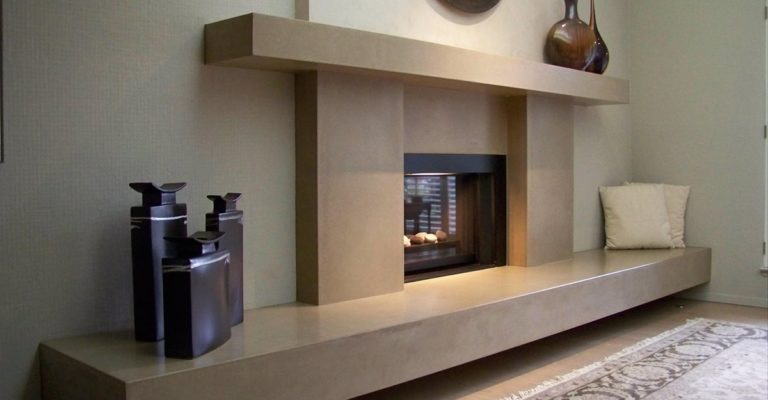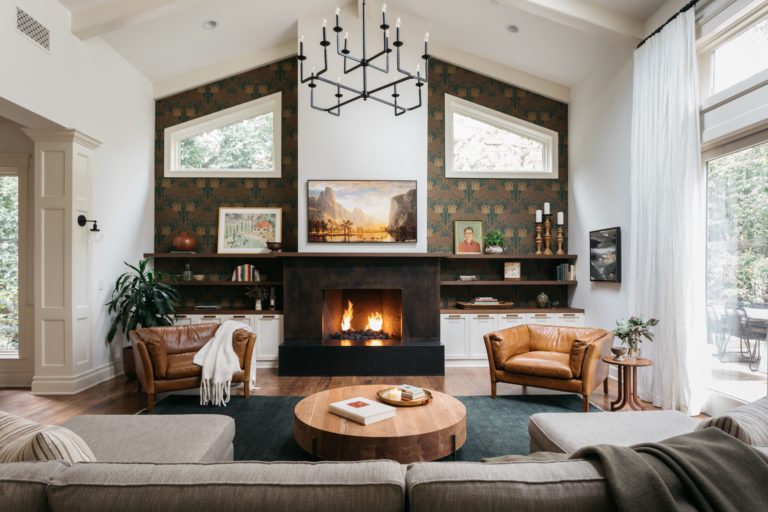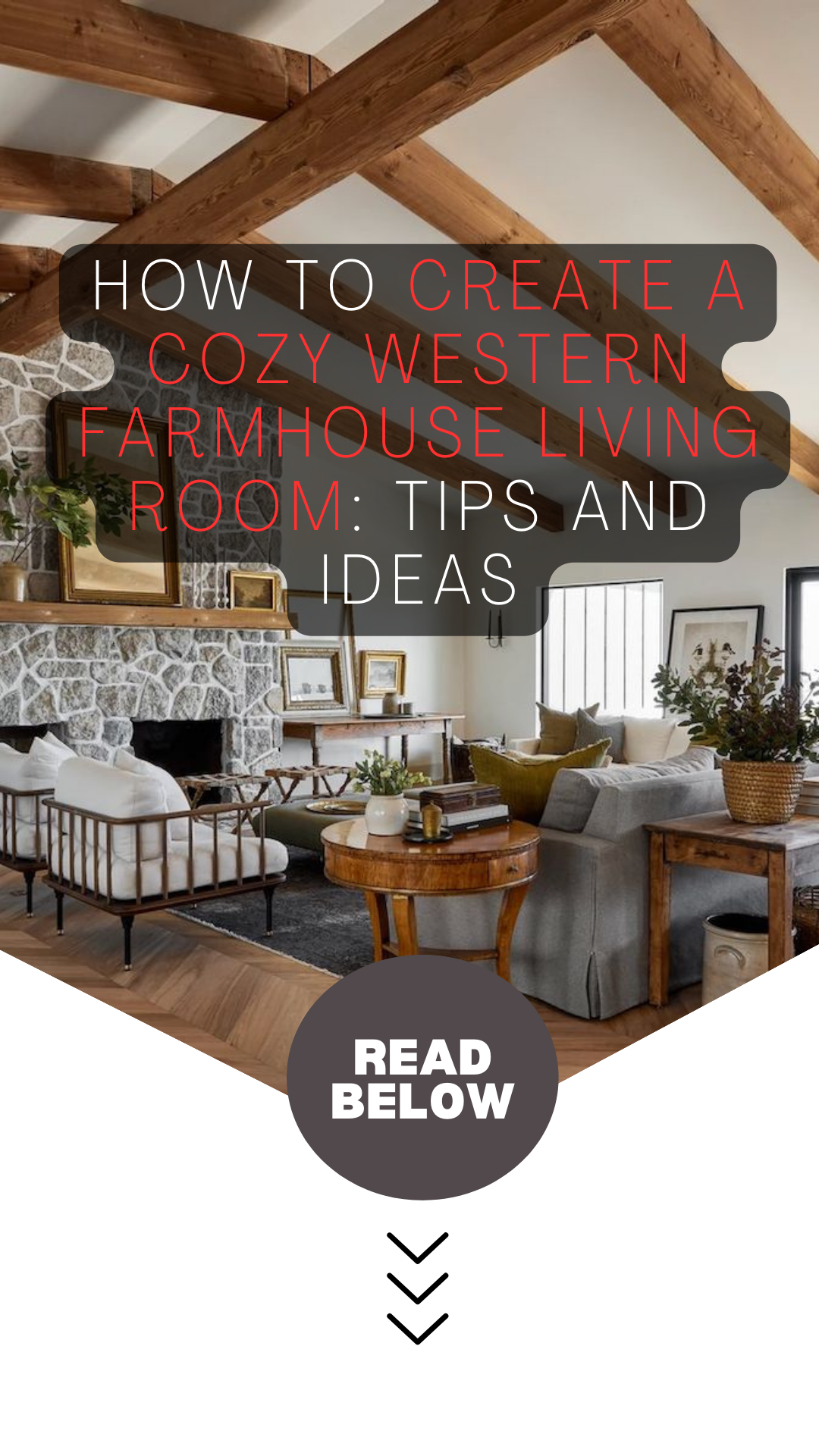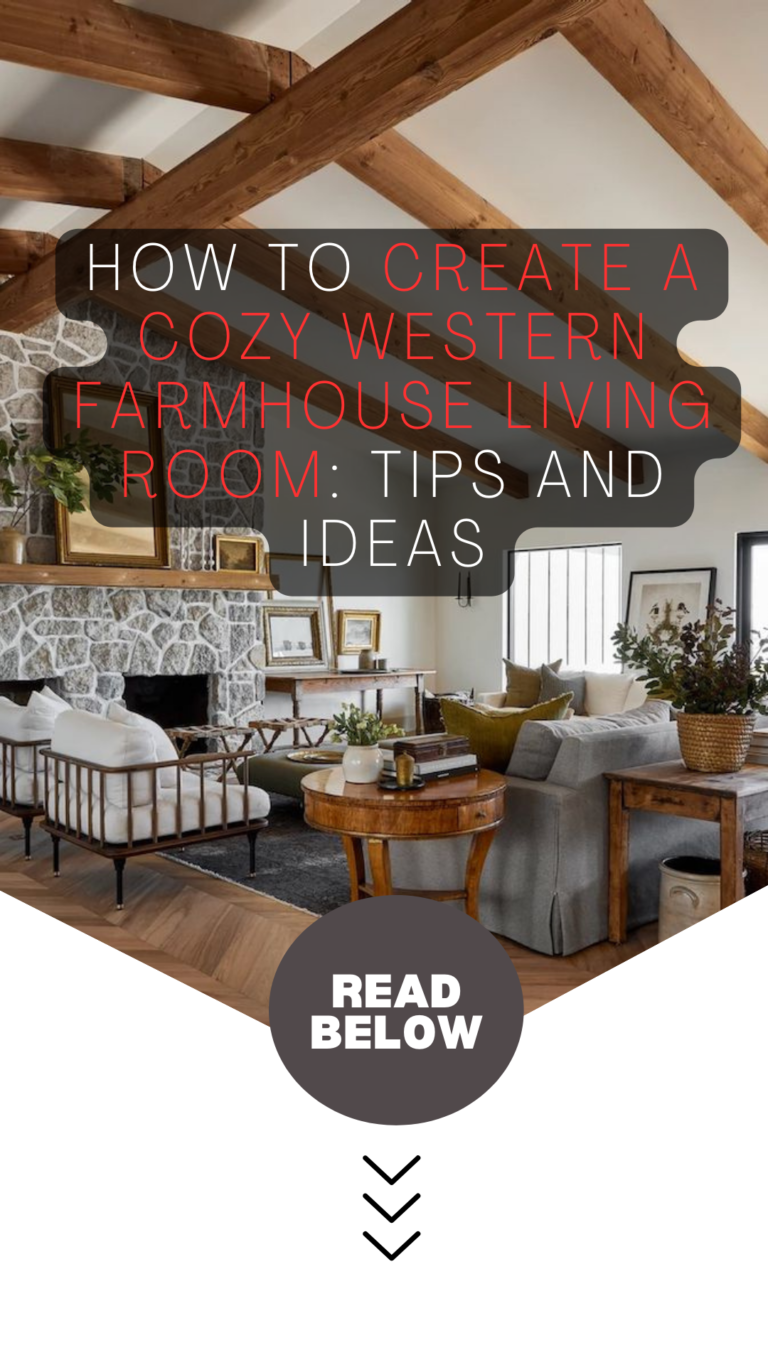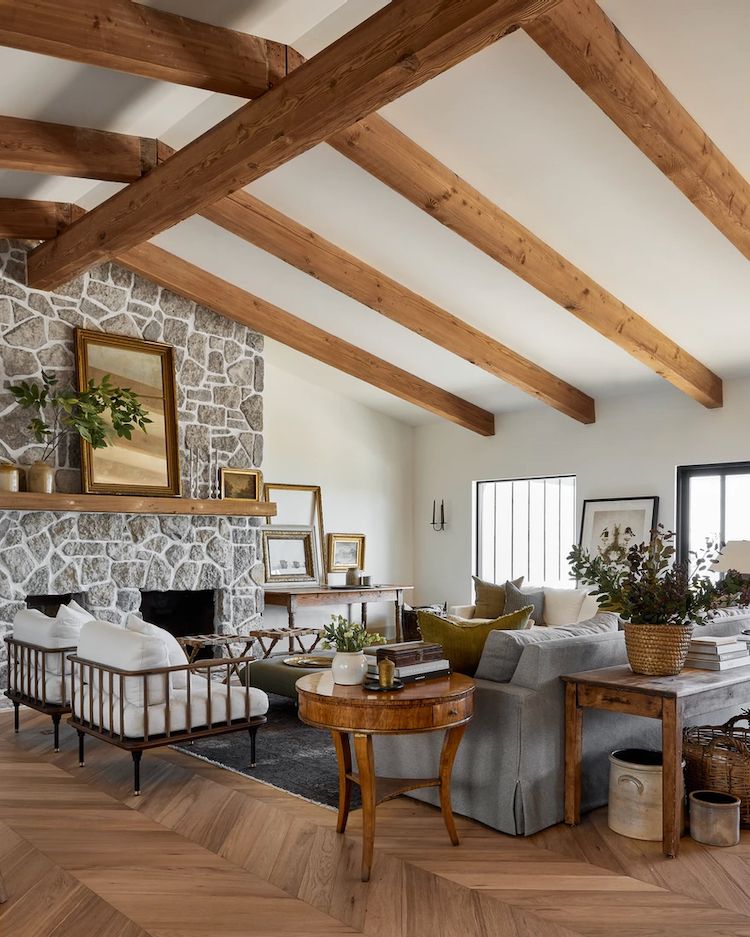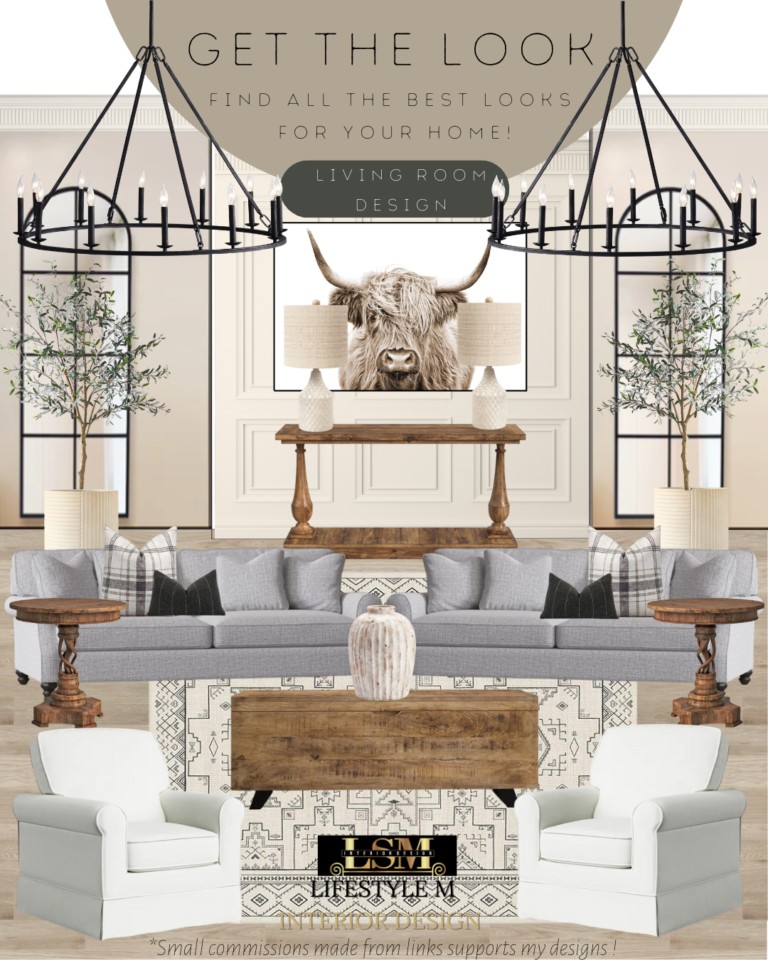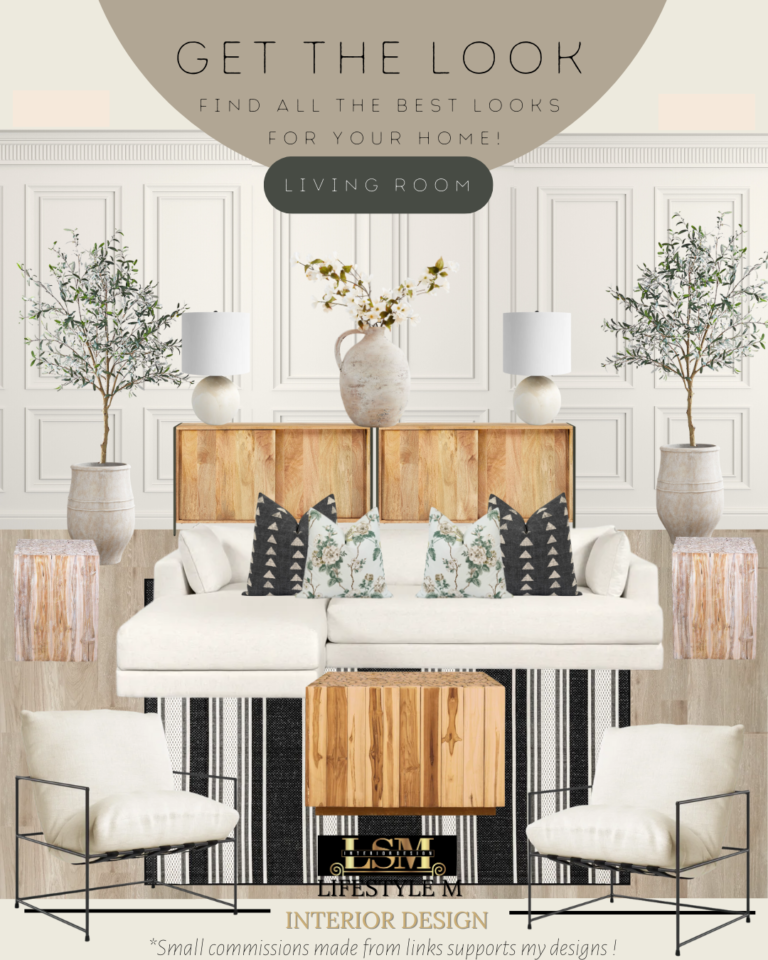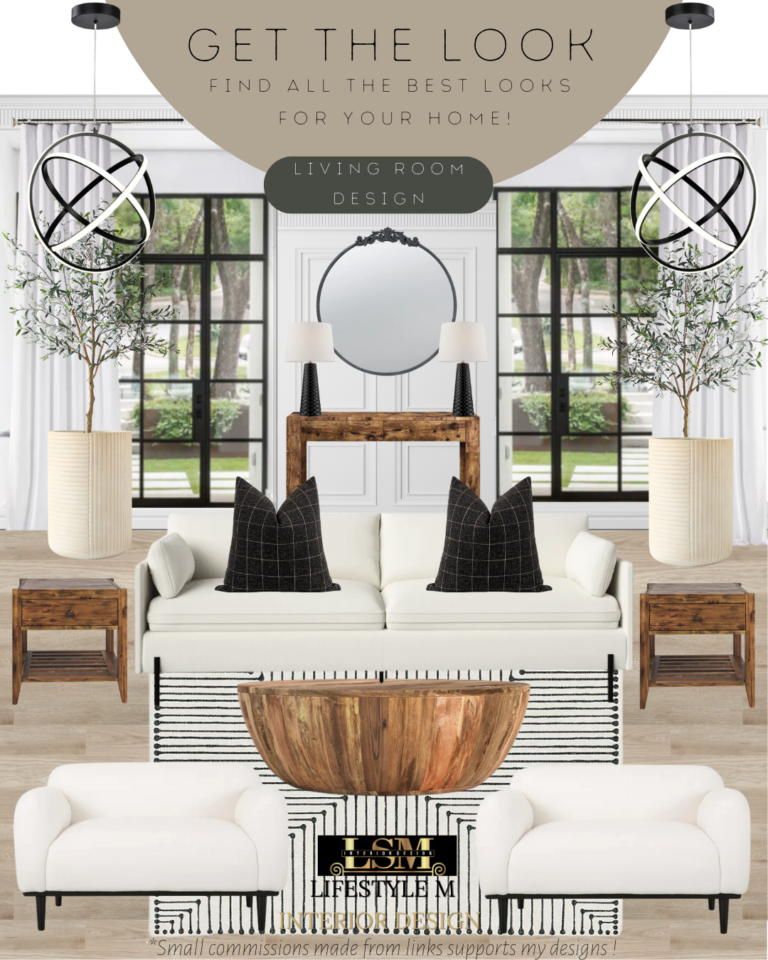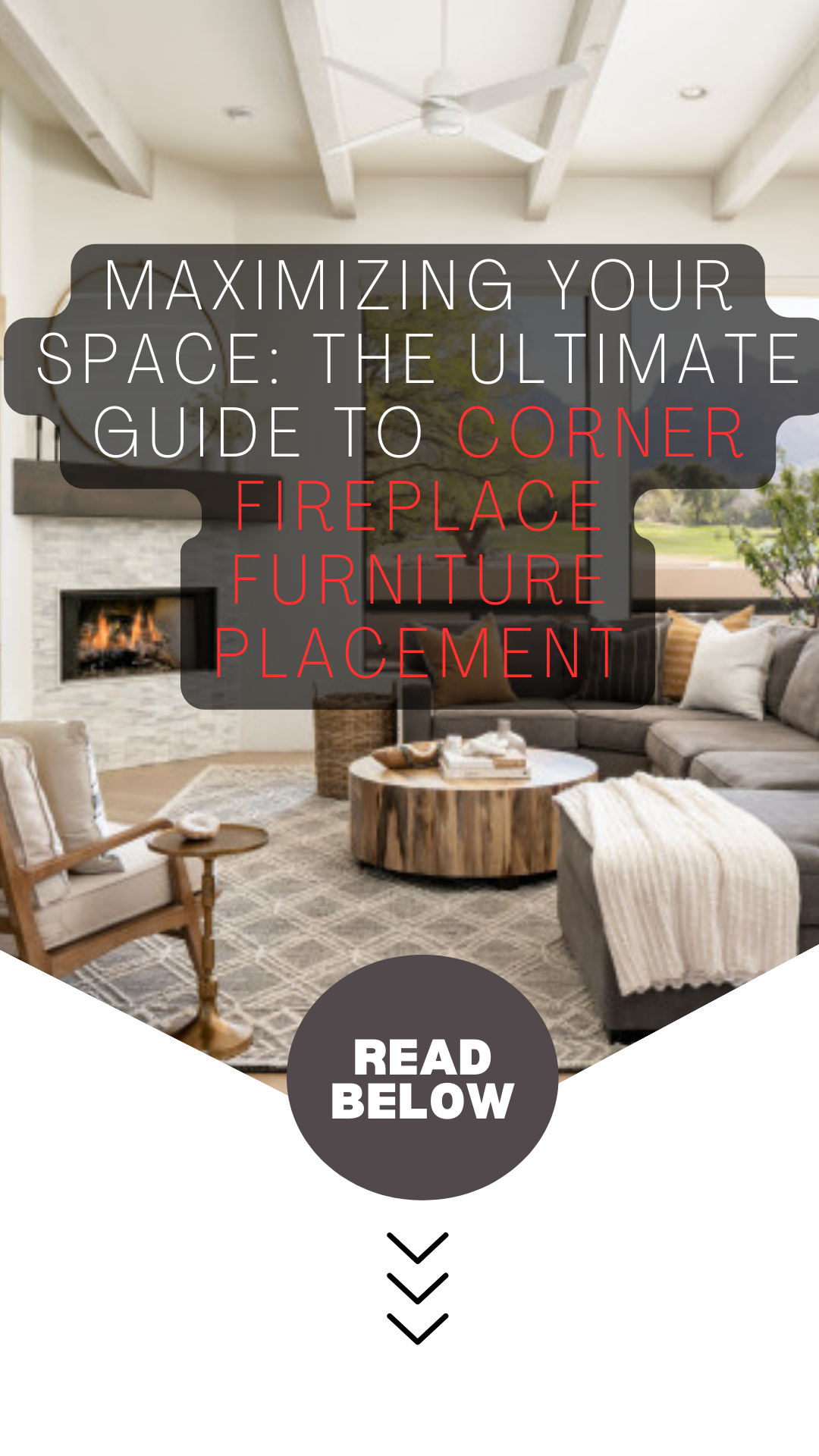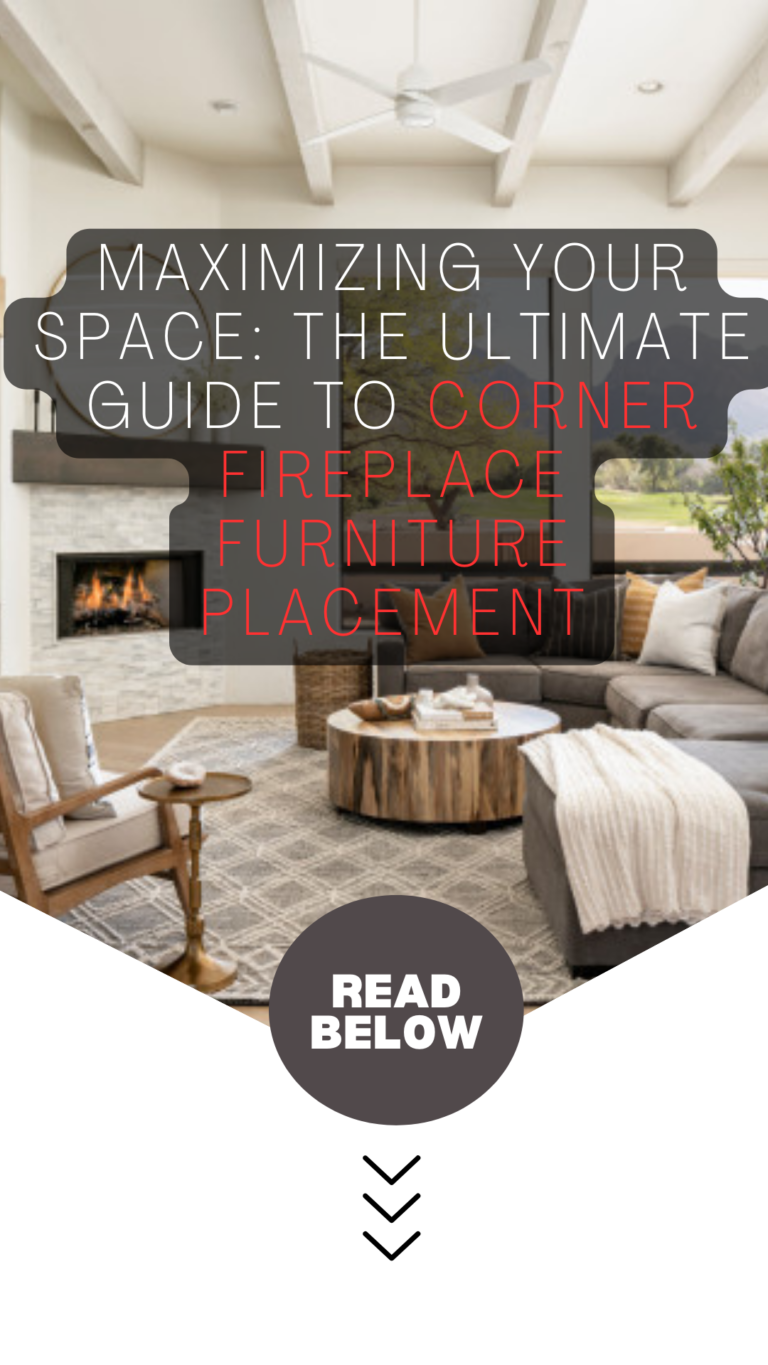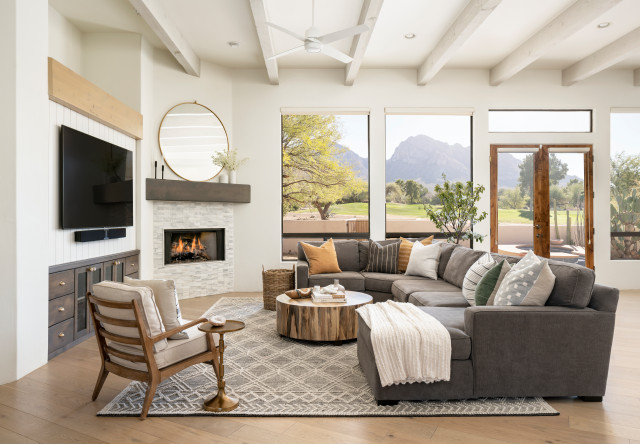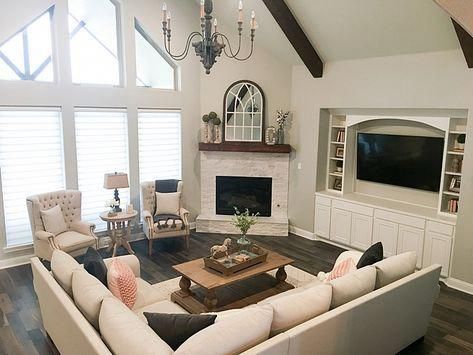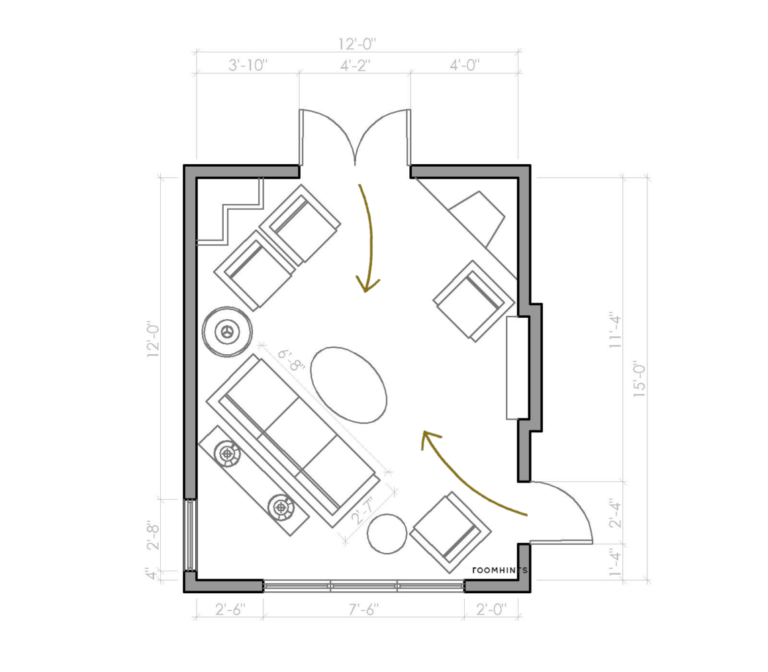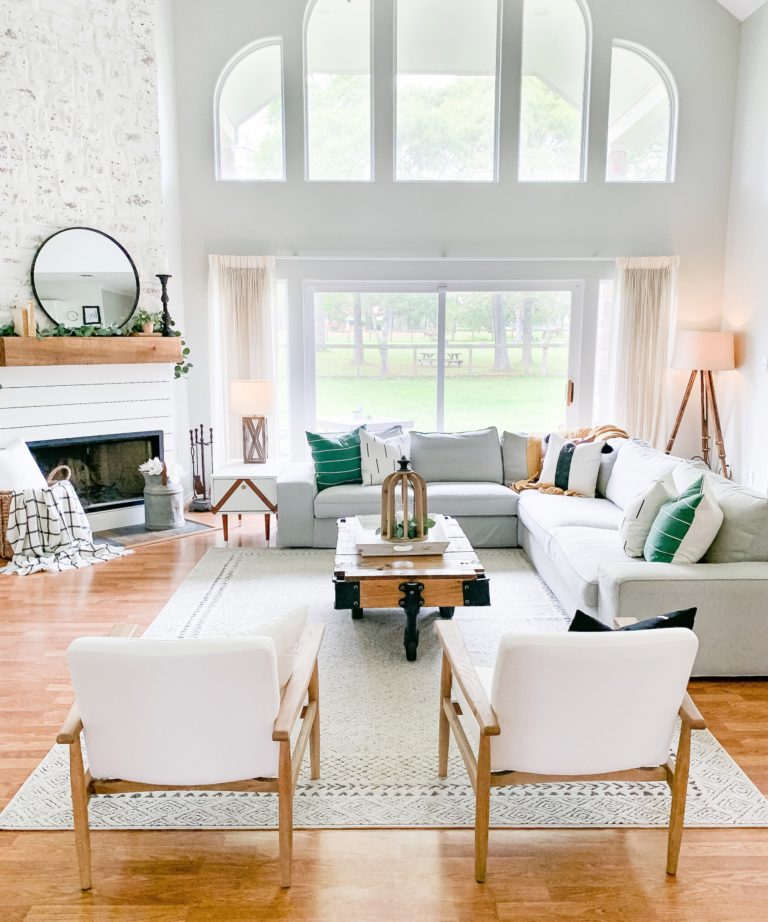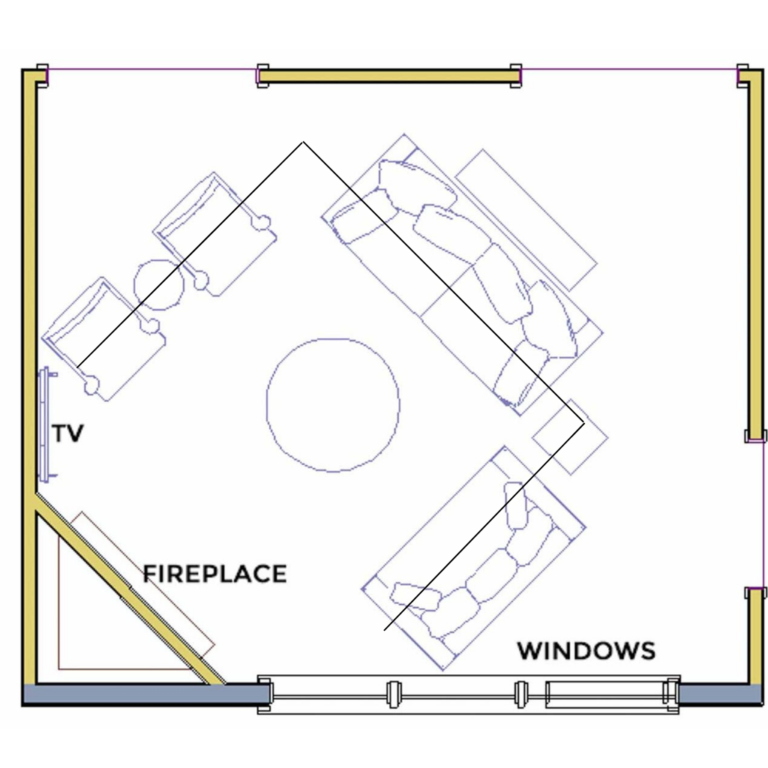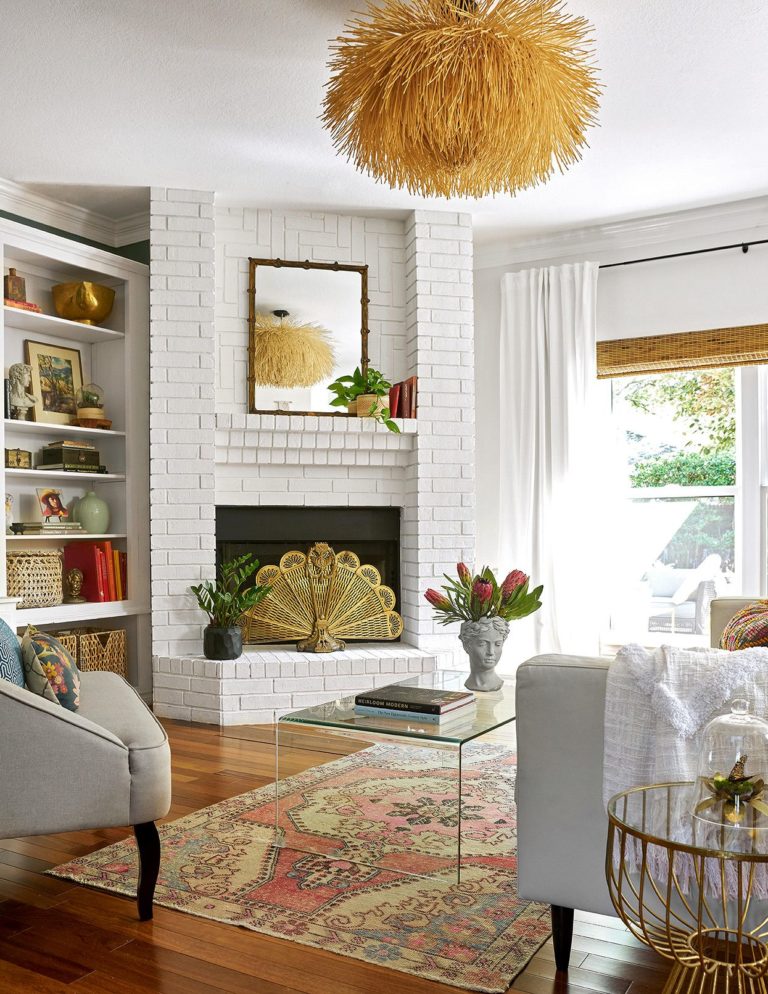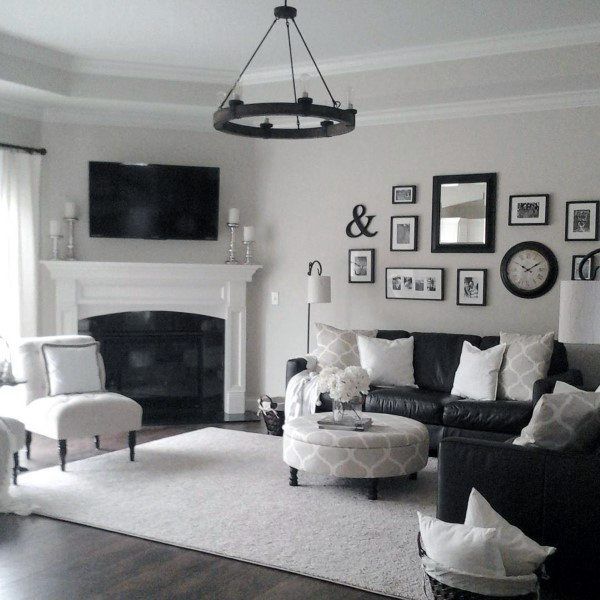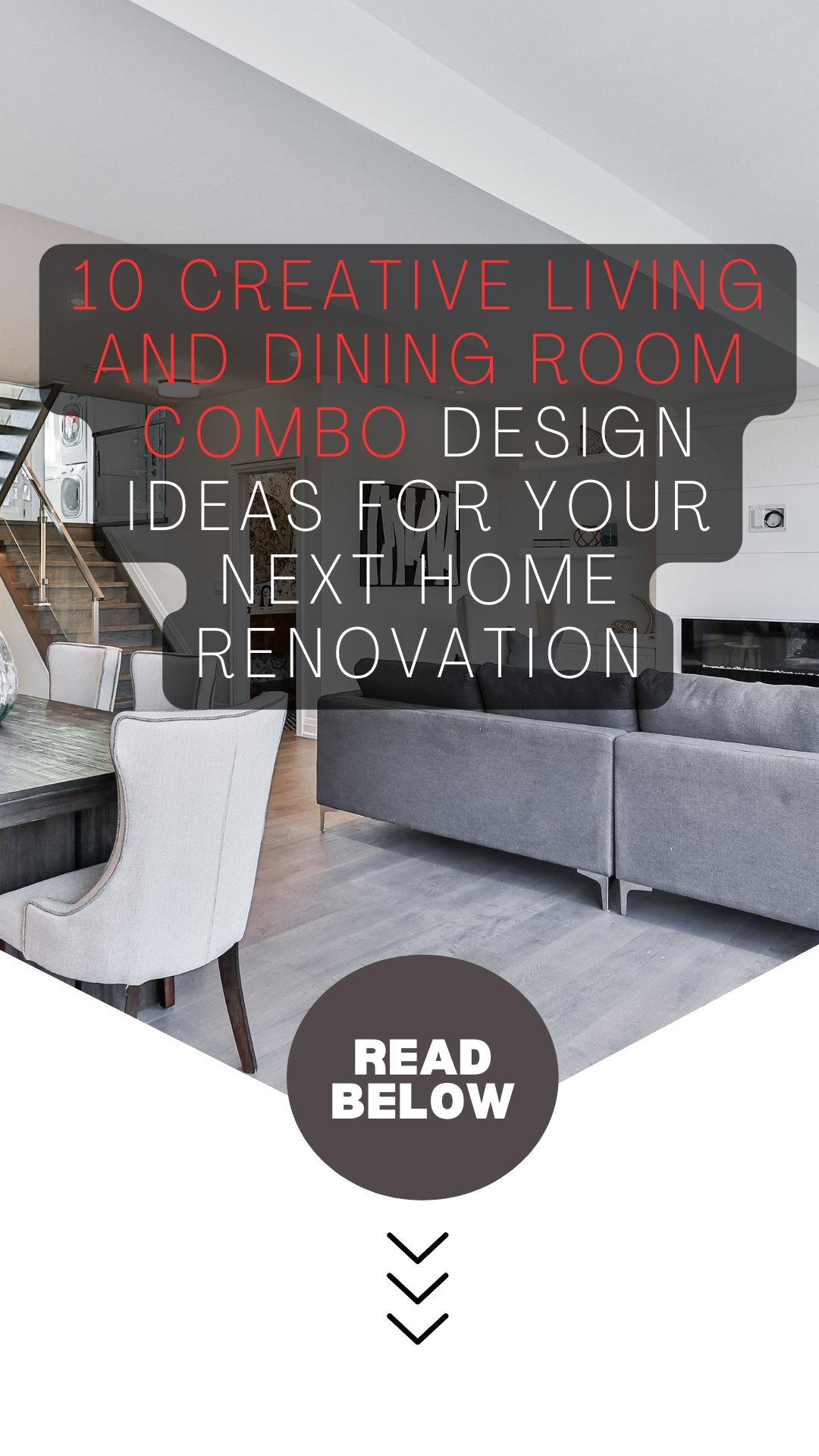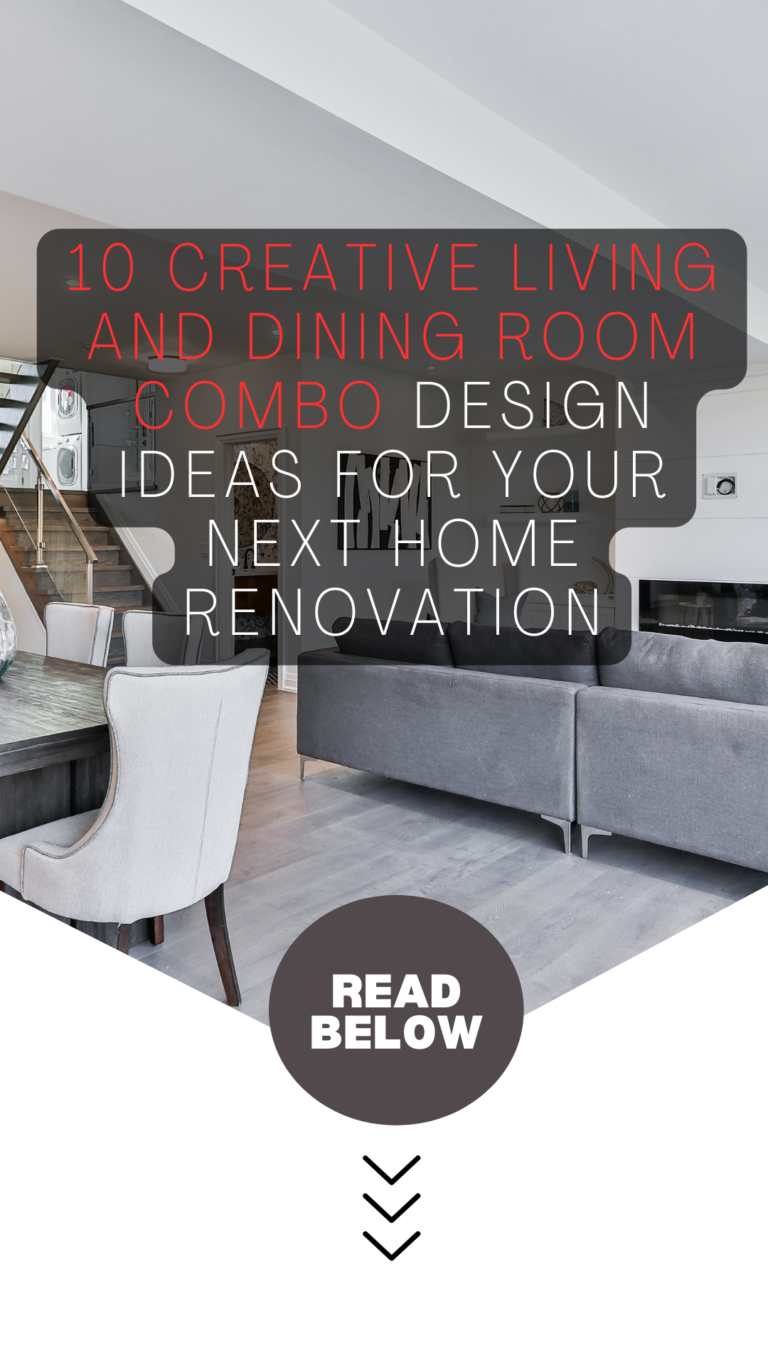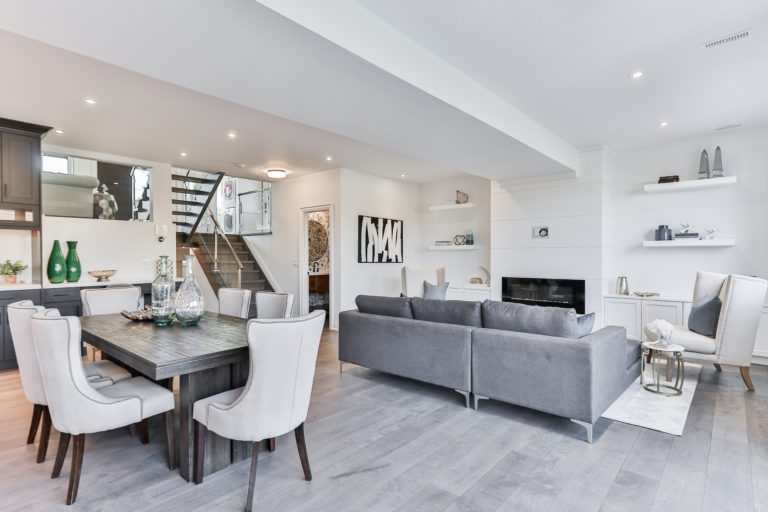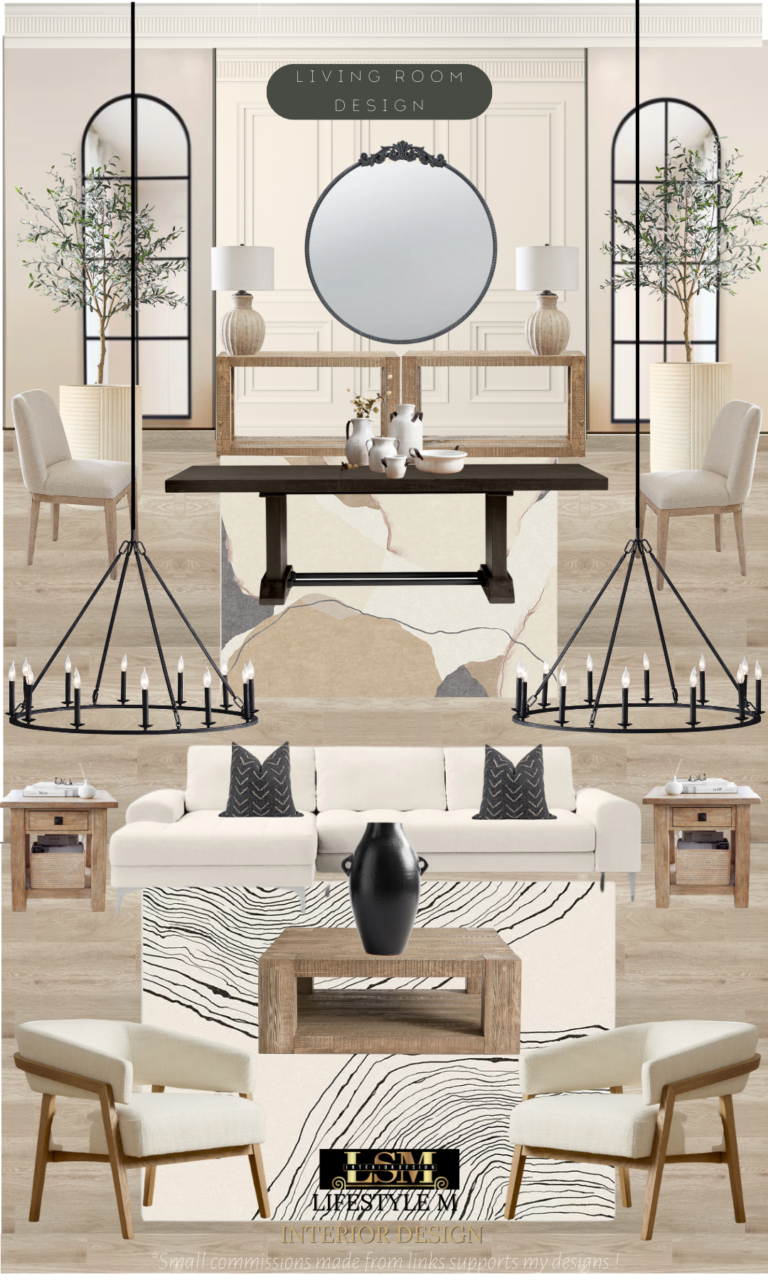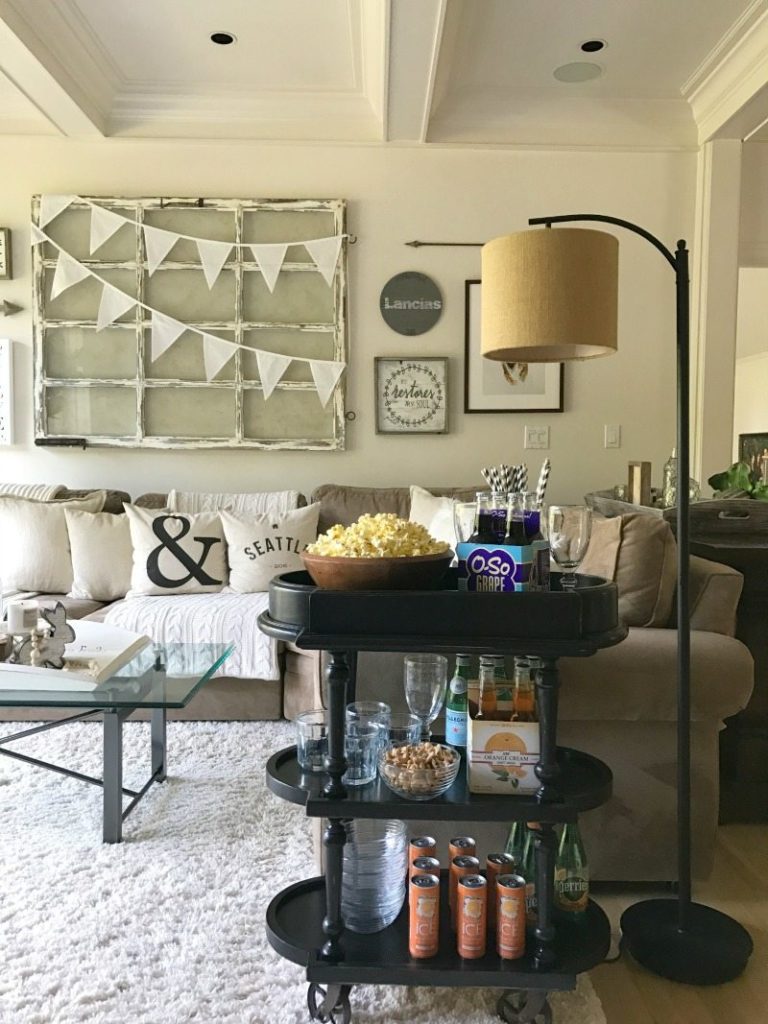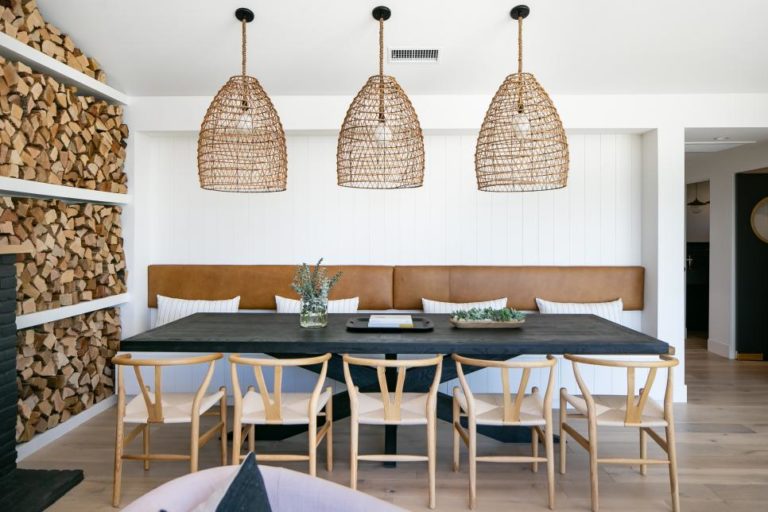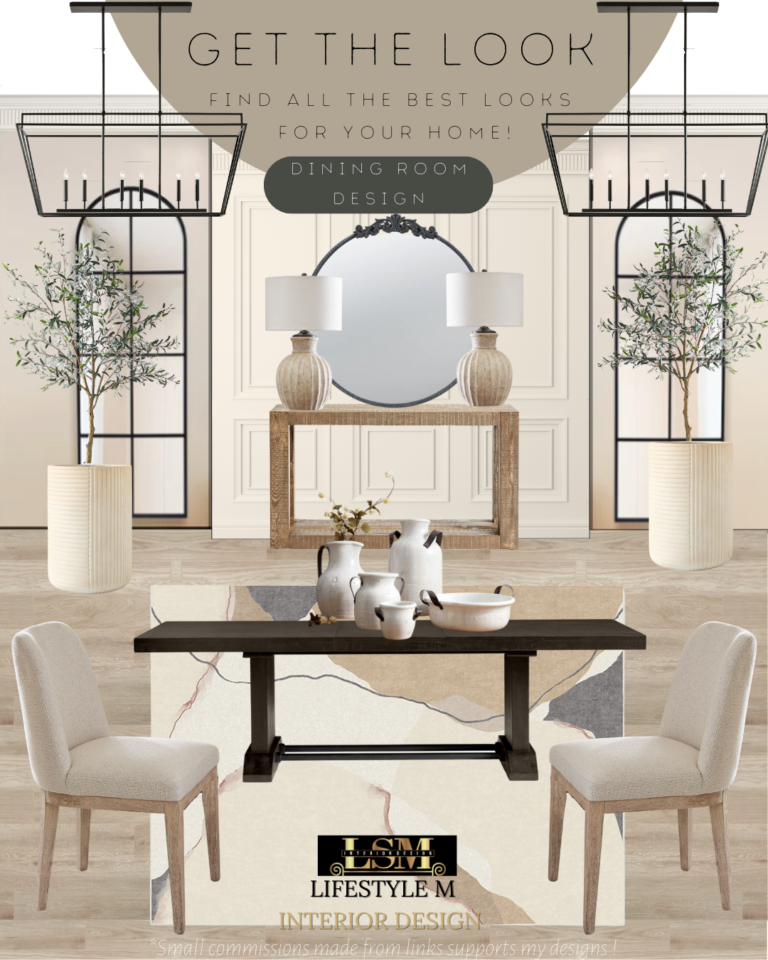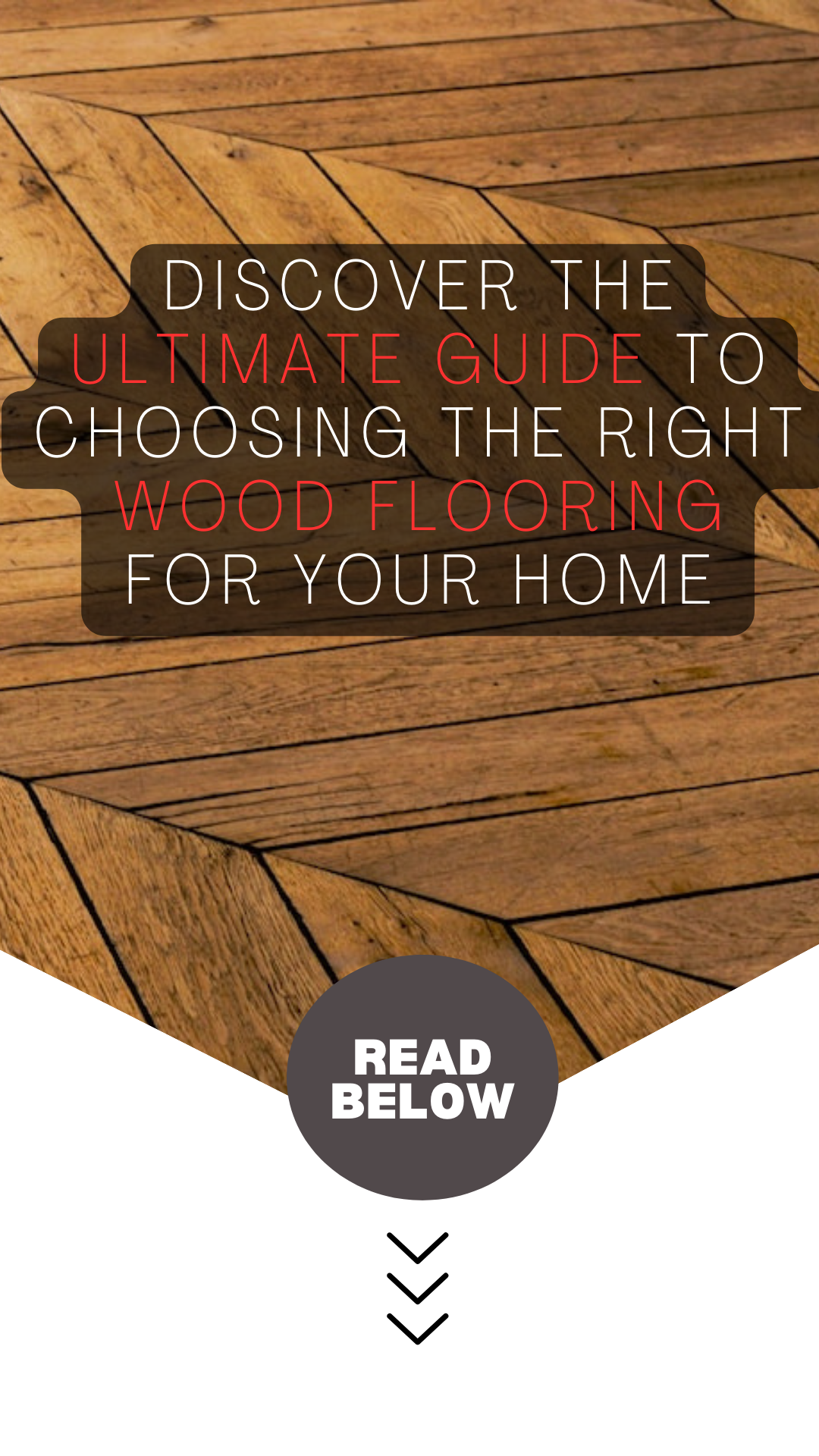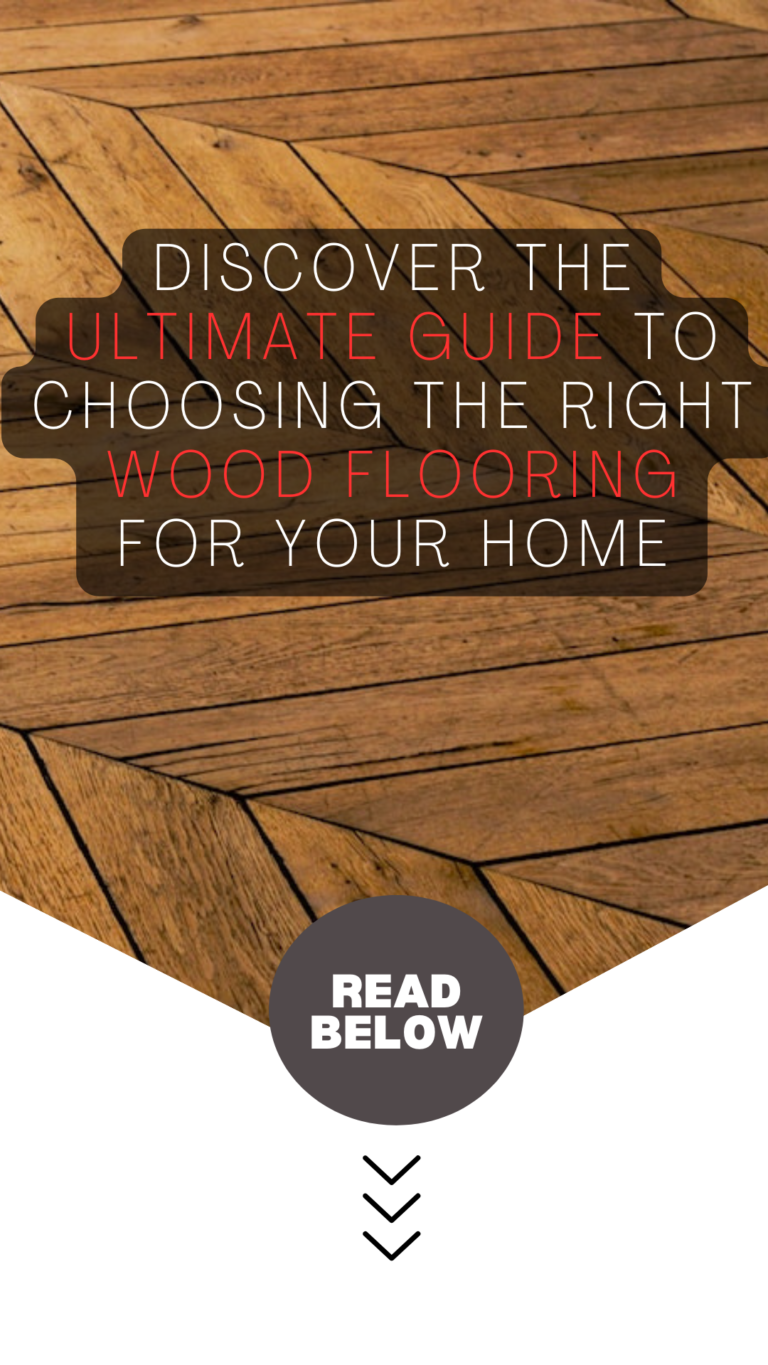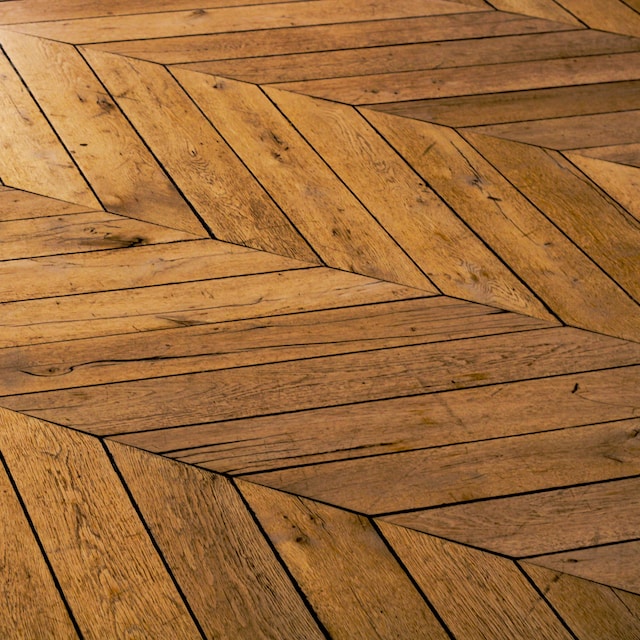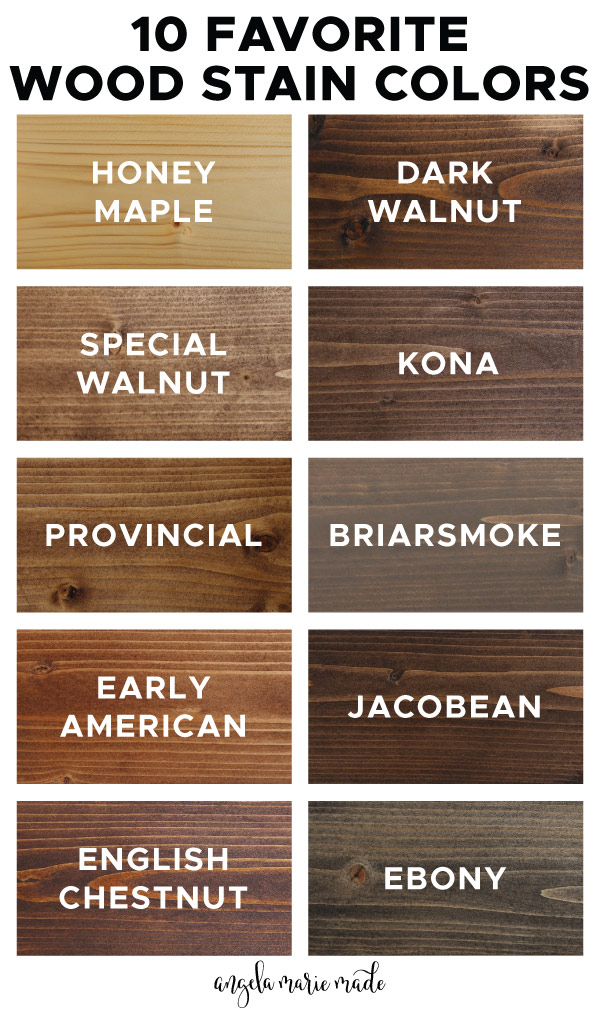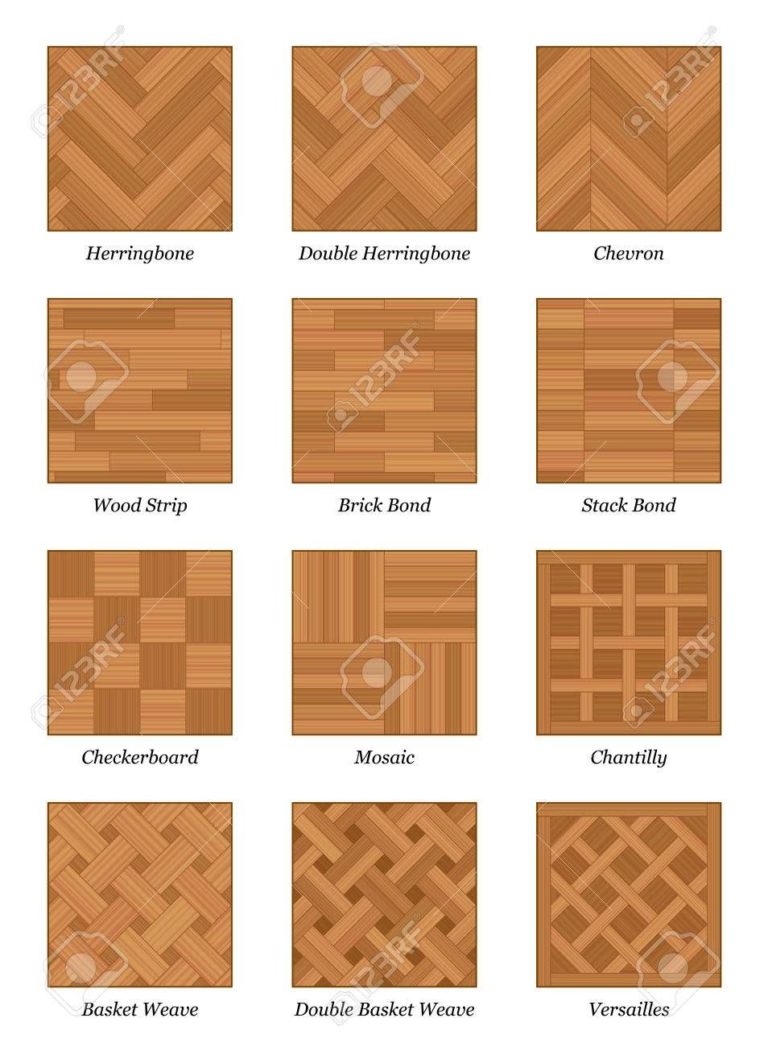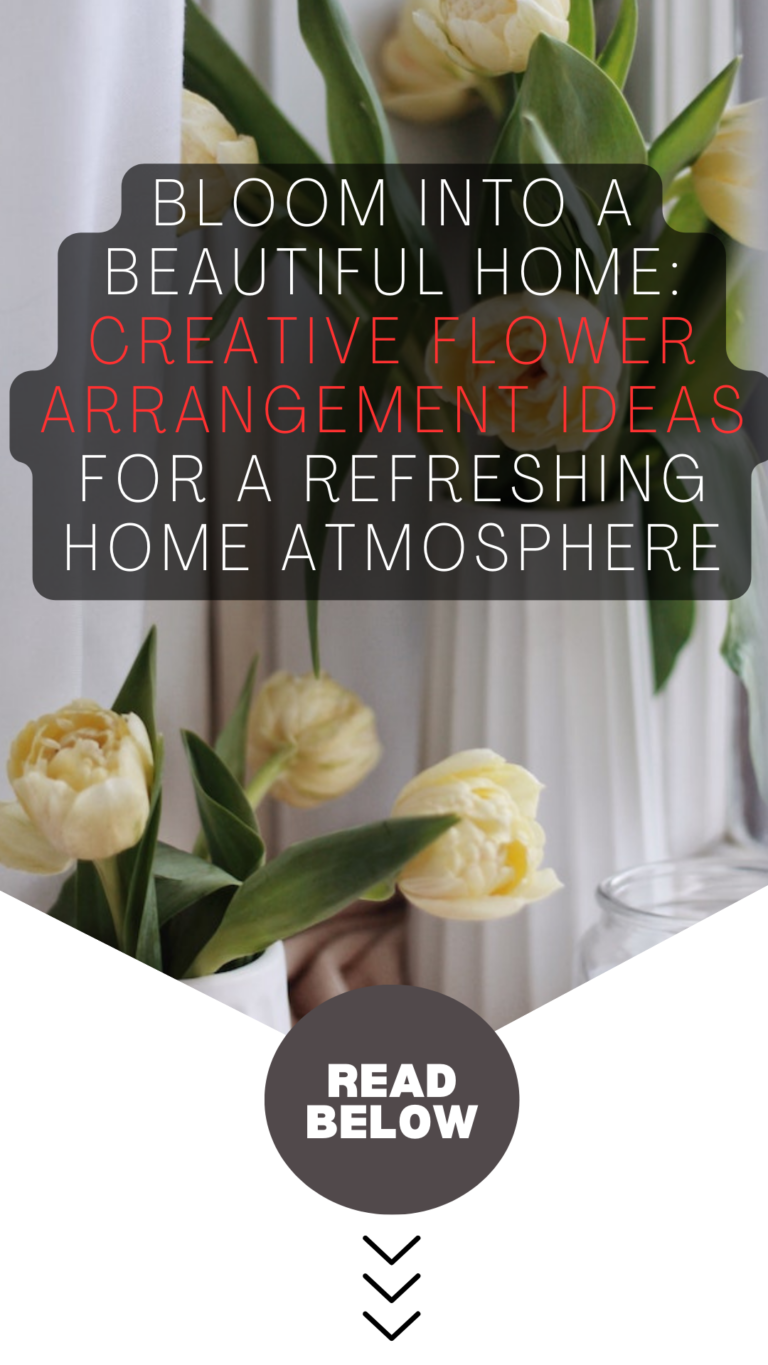
Lifestyle M Interior Design
Bloom into a Beautiful Home: Creative Flower Arrangement Ideas for a Refreshing Atmosphere
I’ve always loved using flowers to decorate my home because I’m a lover of all things artistic and lovely. Any place can benefit from adding flowers since they bring colour, smell, and a touch of nature, which makes it feel welcome and reviving. There are countless opportunities to express your creativity and improve your home design, whether you prefer real flowers or fake ones. I’ll provide some original flower arrangement ideas, advice, and techniques in this blog article to help you blossom into a lovely house. If you are looking for flower arrangements for any atmosphere, read below!
The importance of flower decoration in home decor
There is a good reason why flowers have been utilised in home design for ages. Any place that they add a natural element to seems cosier and more energising. Flowers are adaptable decor items that may go with any style or theme because of their great range of colours, shapes, and sizes. Flower arrangements can be made to match your preferences for minimalist, modern, or classic design styles.
Flowers have medicinal advantages in addition to being beautiful. According to studies, flowers can improve mood, lessen stress levels, and general wellbeing. You may create a tranquil and serene atmosphere that encourages rest and renewal in your house by introducing flowers into the design.
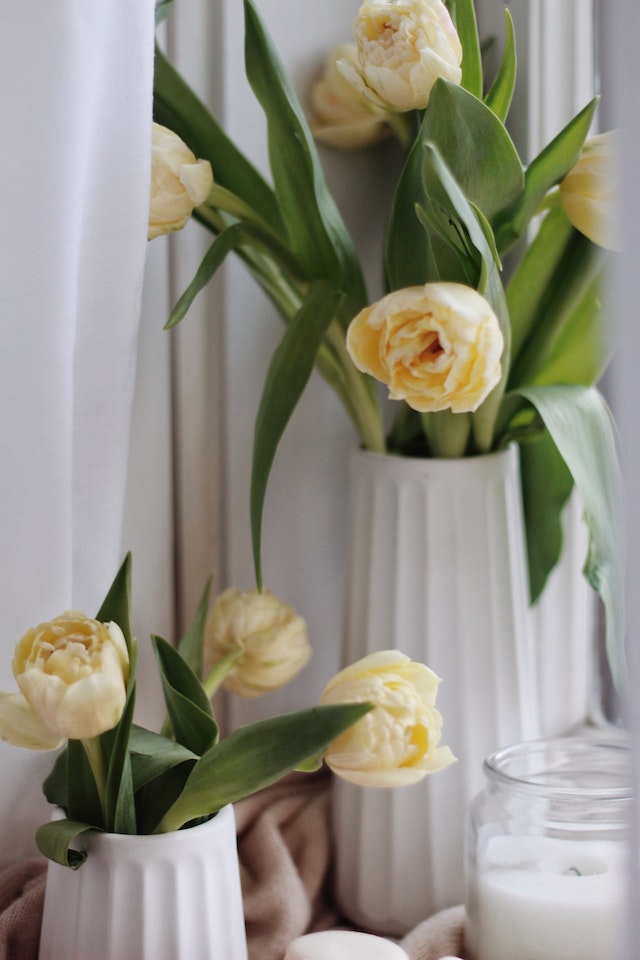
How flower arrangements can create a refreshing atmosphere
Any room may be transformed into a calming, inviting retreat with the addition of flowers. You can produce a variety of moods and atmospheres by selecting flowers that are different colours, shapes, and textures. In contrast, soft and delicate flowers like roses and peonies can foster a romantic and peaceful ambiance. For instance, colourful and vibrant flowers like sunflowers and daisies can lend a cheery and energising vibe to a room.
Another aspect of generating a fresh mood is where floral arrangements are placed. For instance, adding a flower arrangement to the windowsill, coffee table, or dining table will freshen up the space and provide colour. Similar to this, putting a substantial flower arrangement in the foyer can make a statement and establish the tone.
The role of color and fragrance in flower decoration
Any room may be transformed into a calming, inviting retreat with the addition of flowers. You can produce a variety of moods and atmospheres by selecting flowers that are different colours, shapes, and textures. In contrast, soft and delicate flowers like roses and peonies can foster a romantic and peaceful ambiance. For instance, colourful and vibrant flowers like sunflowers and daisies can lend a cheery and energising vibe to a room.
Another aspect of generating a fresh mood is where floral arrangements are placed. For instance, adding a flower arrangement to the windowsill, coffee table, or dining table will freshen up the space and provide colour. Similar to this, putting a substantial flower arrangement in the foyer can make a statement and establish the tone.
Fresh blooms vs artificial flowers: Pros and cons
Fresh flowers or artificial flowers are your two primary alternatives when it comes to floral décor. Each decision has advantages and disadvantages, and your particular preferences and way of life will ultimately determine which you choose.
Fresh flowers come in a wide range of natural colours, smells, and textures. They give a touch of sophistication and elegance, making them ideal for special occasions like weddings, birthdays, and anniversaries. Fresh flowers, however, need routine care, such as watering, pruning, and replacing wilted flowers. They may not be long-term cost-effective and have a short lifespan.
On the other hand, artificial flowers require little care and are long-lasting. They are perfect for busy people who don’t have time to take care of fresh flowers because they can be reused several times. Artificial flowers can be made in a range of designs and hues to complement various decorating styles. However, artificial flowers might not be appropriate for some situations because they lack the natural beauty and scent of fresh blooms.
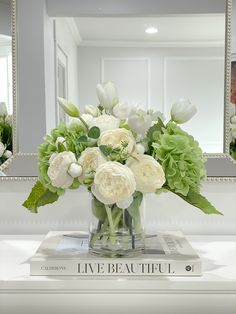
Complementing your decor with flower arrangements
It’s crucial to select floral arrangements that go well with the design and colour palette of your existing décor in order to create a coherent and harmonious home decor. For instance, choosing simple, exquisite flower arrangements that don’t overrun the room is a good idea if your design is minimalist. Similar to how you might want to choose floral arrangements that give a room a pop of colour and vibrancy if your decor is bold and colourful.
The size and shape of the vase or container should be taken into account while selecting flower arrangements. A short, wide vase may be ideal for flowers with shorter stems, like daisies and carnations, while a tall, narrow vase may be appropriate for long-stemmed flowers like lilies and roses. To make a special and striking arrangement, you can also combine and contrast various flower varieties and containers.
Popular flowers for home decoration
When it comes to home décor, there are endless flowers to pick from. Among the most well-liked flowers are:
- Roses: Roses are a traditional flower that stand for passion and love. They can be used in a variety of floral arrangements and are available in a range of colours, including red, pink, yellow, and white.
- Peonies: Peonies are a gentle, delicate flower that works well to add romance and serenity to any setting. They are available in pink, red, and white hues and can be included into floral displays, bouquets, and table centrepieces.
- Sunflowers: Sunflowers are a joyful and upbeat flower that injects a little life and vibrancy into any setting. They work well in both fresh and synthetic flower arrangements and are ideal for summer dcor.
- Tulips: These classy, refined flowers are available in a variety of hues, such as pink, purple, and yellow. They work well in bouquets, vases, and wreaths and are ideal for spring decorations.
Seasonal flowers for various occasions
Seasonal flowers are a wonderful way to infuse your home with a sense of freshness and nature. You can select flowers that are in season and reflect the tone and ambience of the event depending on the time of year and the occasion. For instance, summer flowers like dahlias and zinnias are wonderful for weddings and outdoor celebrations, while spring flowers like daffodils and hyacinths are perfect for Mother’s Day and Easter.
Similar to how winter flowers like poinsettias and holly are wonderful for Christmas and New Year’s Eve, autumn flowers like mums and asters are perfect for Thanksgiving and Halloween decor. You may create a unified and joyful mood that captures the essence of the event by using seasonal flowers.
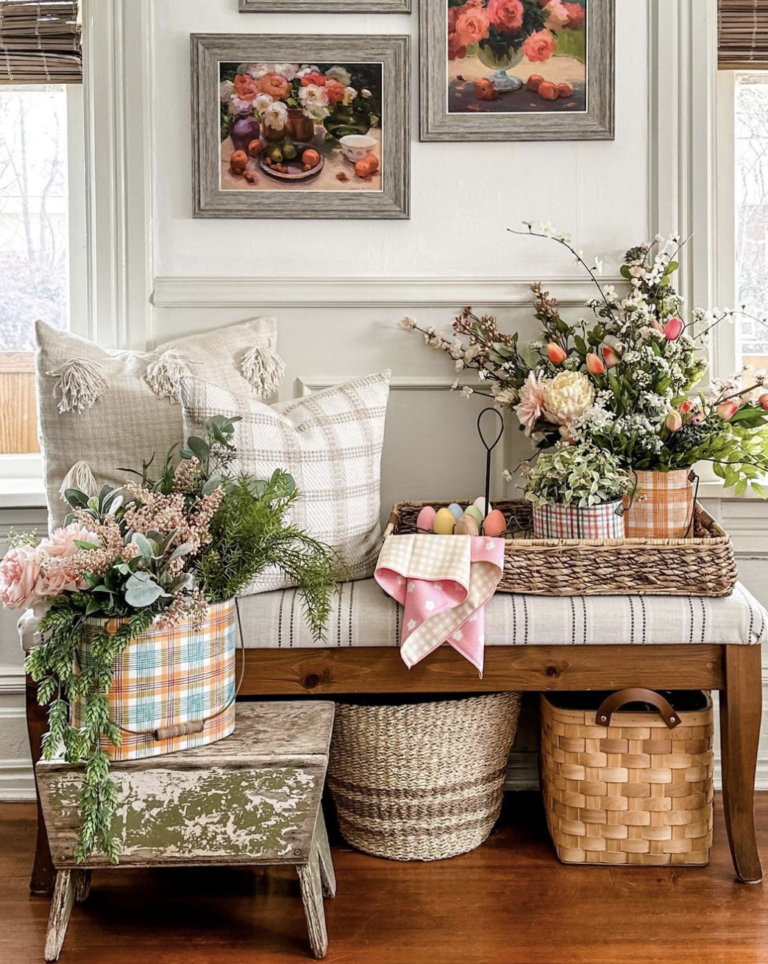
Vases and containers for flower arrangements
The vase or container you select for your floral arrangement is just as crucial as the flowers you use. The vase’s size, shape, and style can have a big effect on the interior design and ambiance of the space. Popular types of vases and containers include:
- Glass vases: Glass vases are ideal for highlighting the aesthetic appeal and colour of recently cut flowers. They might be tall, short, round, or square, among other sizes and shapes.
- Mason jars: For floral arrangements, mason jars are a common and rustic choice. They may be used for both real and fake flowers and lend a touch of charm and nostalgia to any setting.
- Vases made of ceramic: Ceramic vases are available in a wide range of hues and designs, and they may lend a touch of sophistication and elegance to any room. They work well for formal settings and can hold both real and fake flowers.
DIY flower arrangements: Tips and tricks
DIY flower arrangements can be enjoyable and rewarding if you’re a creative and practical person. You can make lovely and distinctive flower arrangements that express your individual style and taste with just a few simple tools and supplies. Following are some pointers for creating your own flower arrangements:
Pick flowers whose color and texture contrast one another.
To allow for improved water absorption, cut the flower stems at an angle.
Hold the flowers in place with florist foam or tape.
To create a distinctive display, experiment with various vase and container designs.
For more texture and dimension, don’t be afraid to combine various flower and plant varieties.
Professional flower arrangements: When to hire a florist
Even though making your own flower arrangements can be a creative and enjoyable activity, there are some situations where it’s best to leave it to the experts. A skilled florist can assist you in designing a beautiful flower arrangement that perfectly captures the theme and aesthetic of a huge event, such a wedding or business party. Professional florists are capable of producing sophisticated and complex floral installations that are beyond the capabilities of a do-it-yourself job.
Flower care and maintenance for long-lasting blooms
It’s crucial to take good care of your flower arrangements in order for them to endure as long as possible. Here are some pointers for maintaining and caring for flowers:
- Every two to three days, change the water in the vase.
- To make the flowers survive longer, mix flower food into the water.
- To improve water absorption, trim the flower stems every few days.
- Keep the flowers away from heat sources and intense sunlight.
- In order to stop the spread of bacteria, remove any wilted or dead flowers from the arrangement.
Conclusion: Embracing creativity and beauty with flower decoration
The adornment of flowers is a beautiful way to bring color, scent, and a sense of nature into your house. There are countless opportunities to express your creativity and improve your home, whether you prefer real flowers or fake ones. You may create a unified and harmonious environment that encourages rest and renewal by selecting flowers that go well with the style and color scheme of your decor. So go ahead and use original flower arrangement ideas to blossom into a lovely home!

